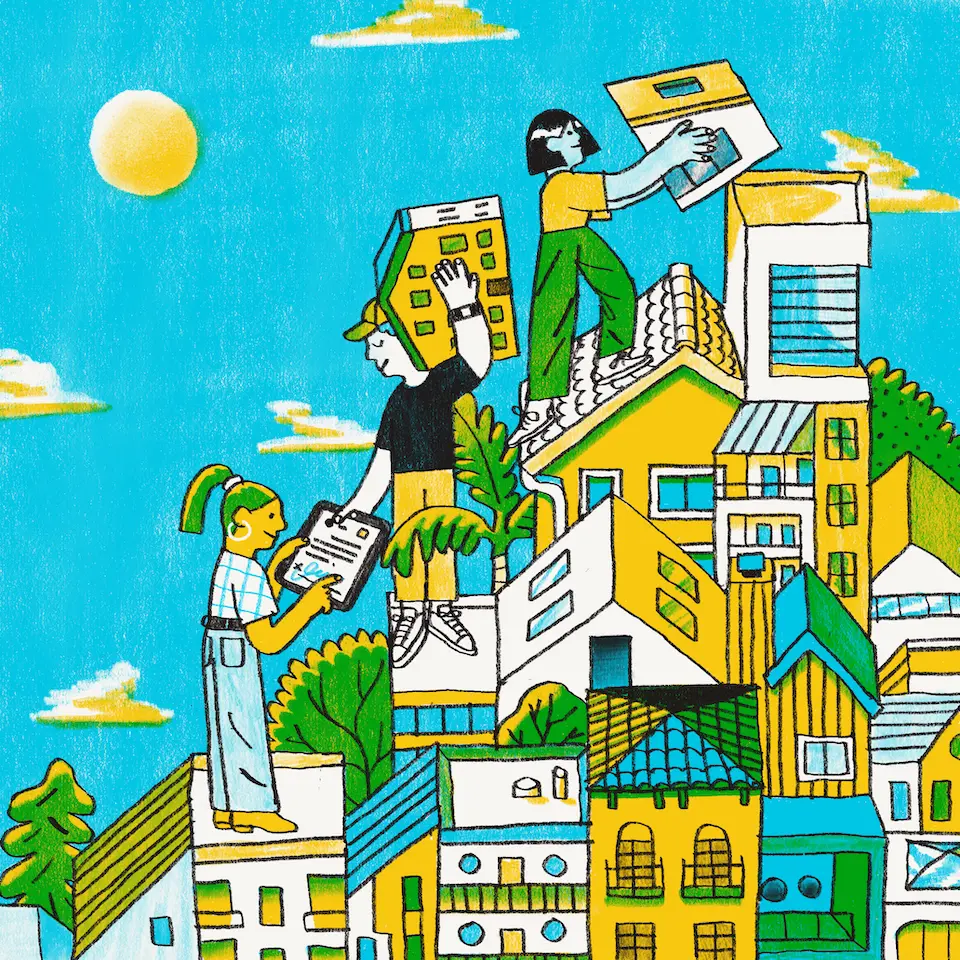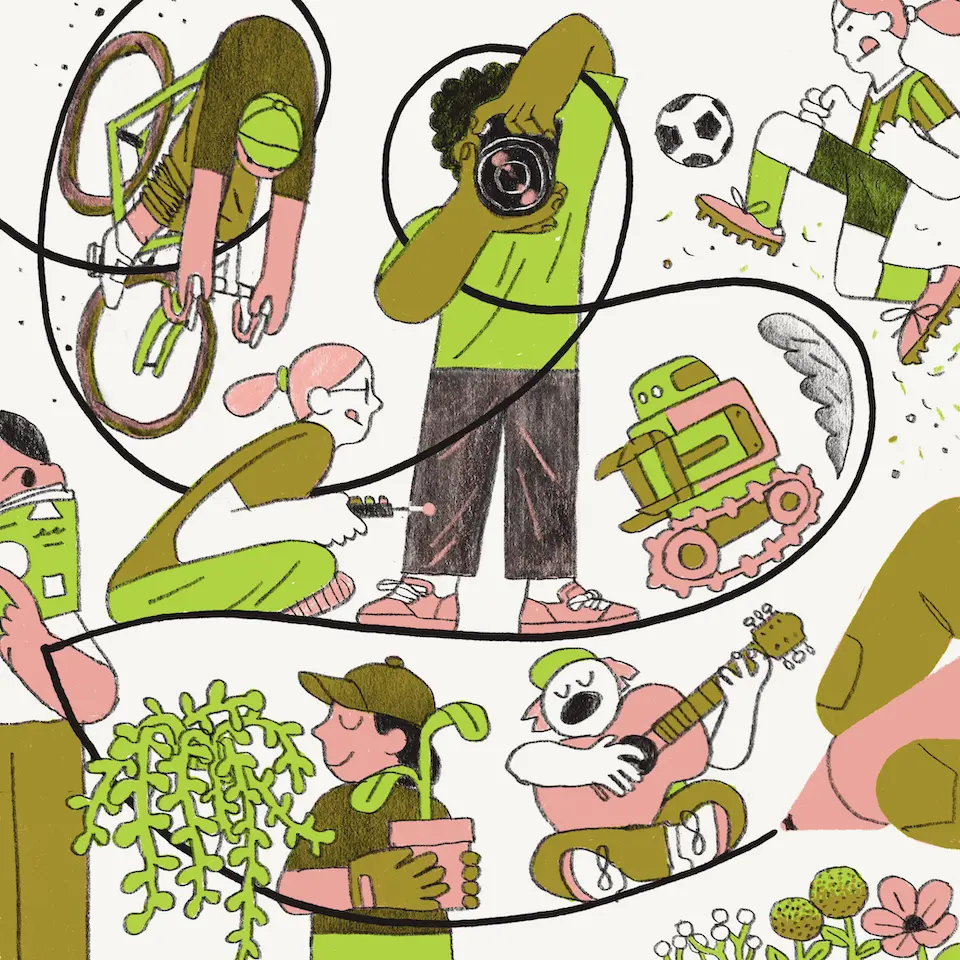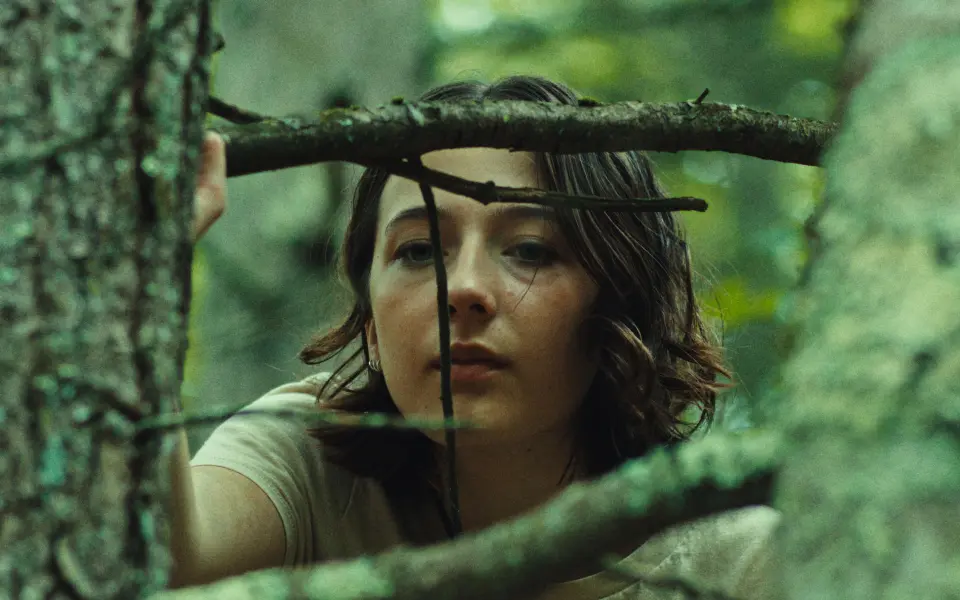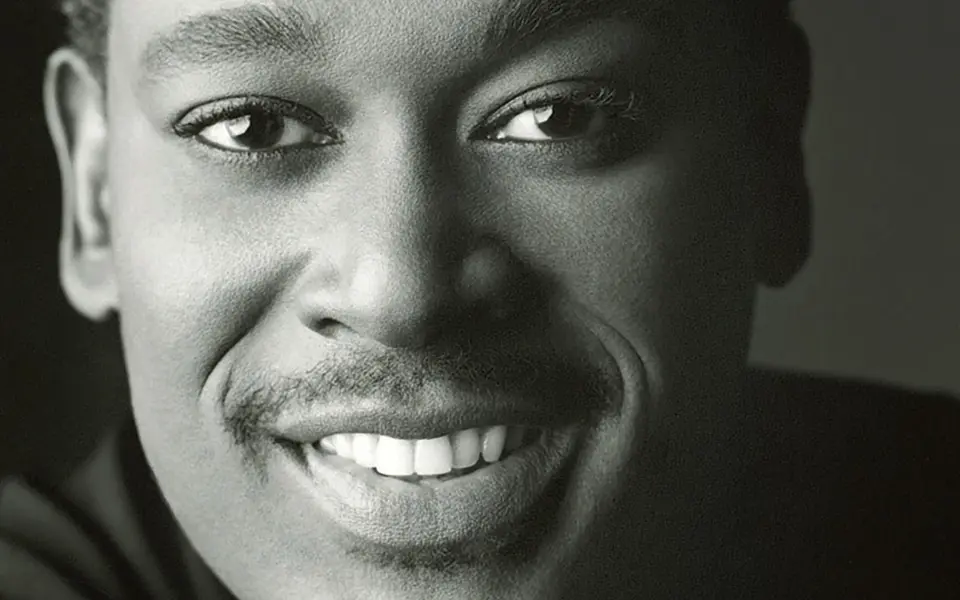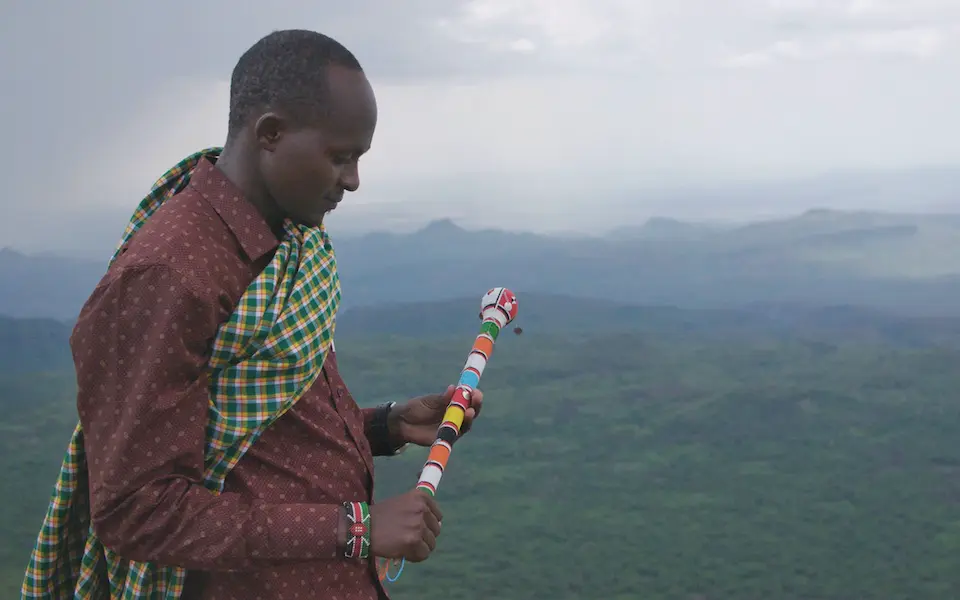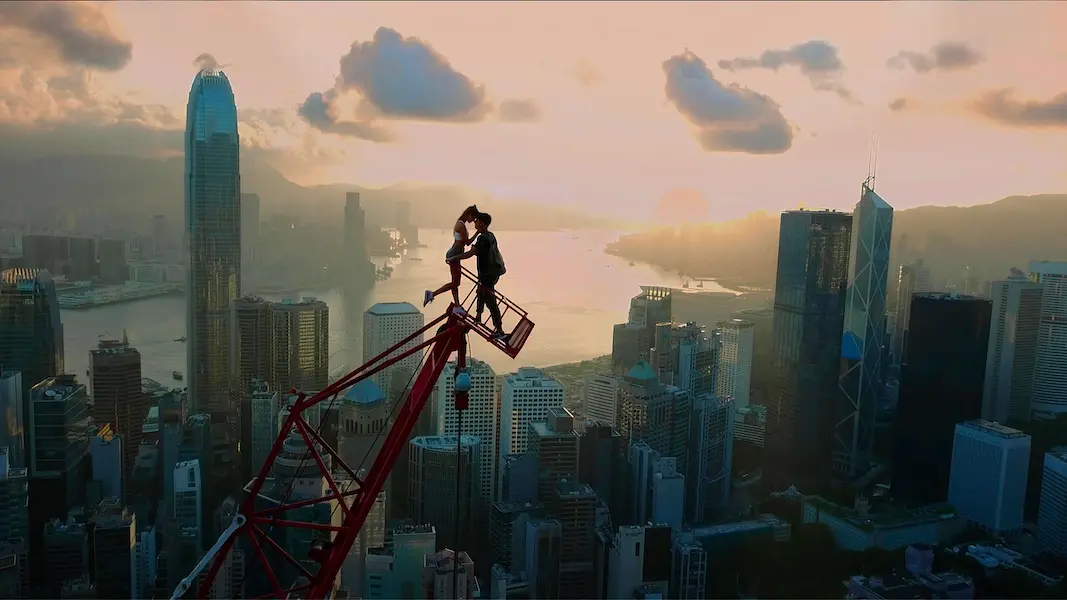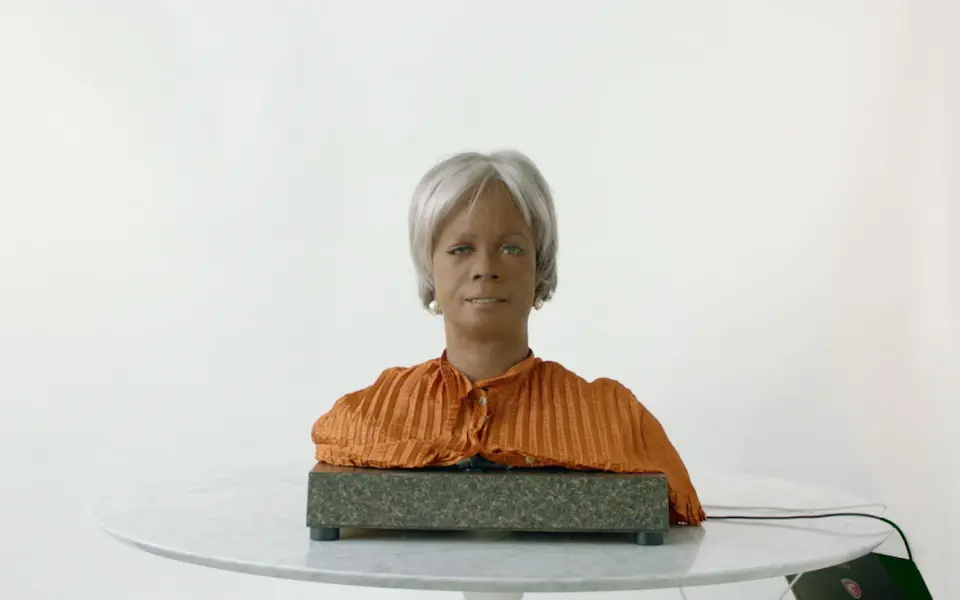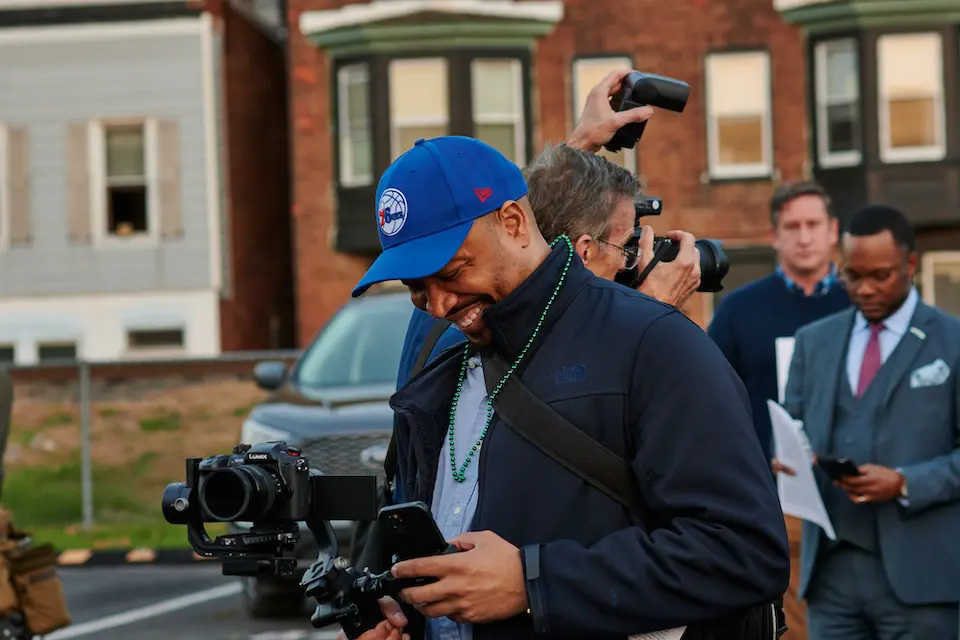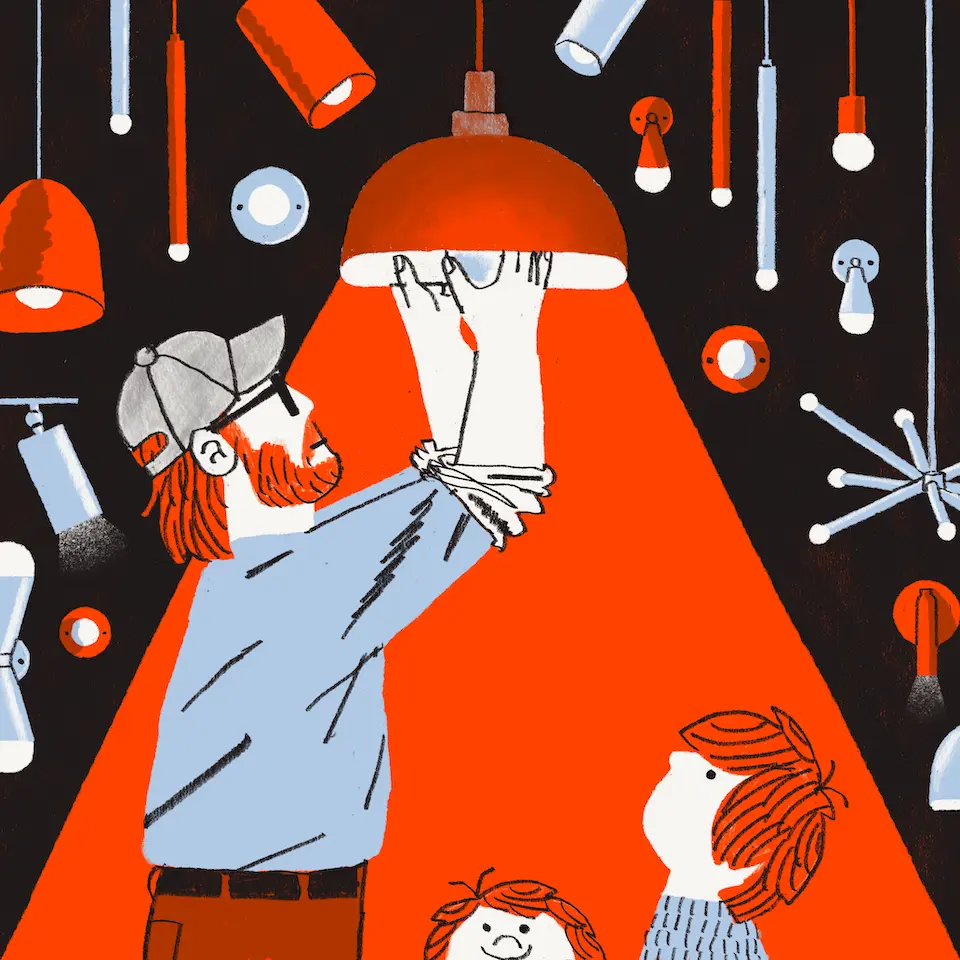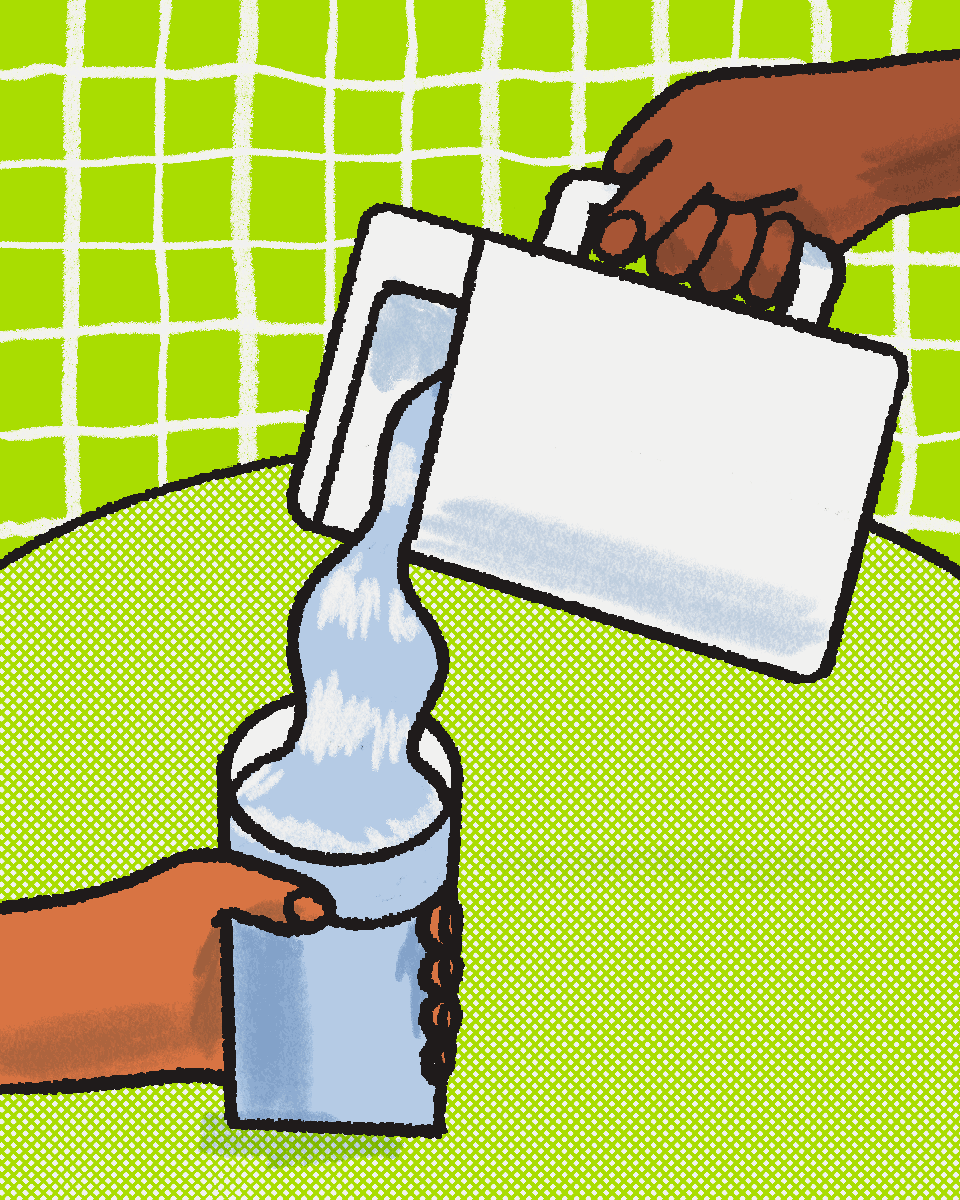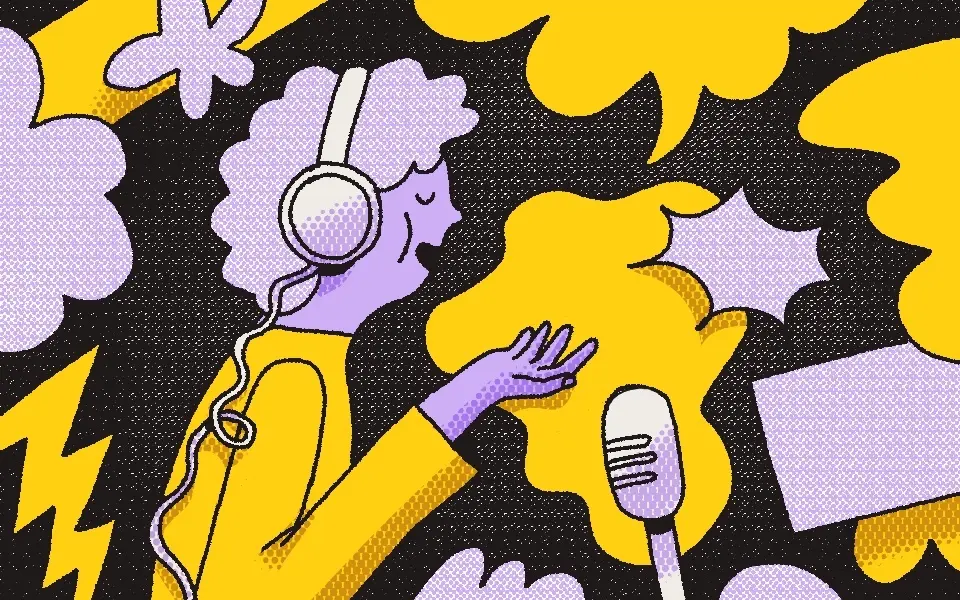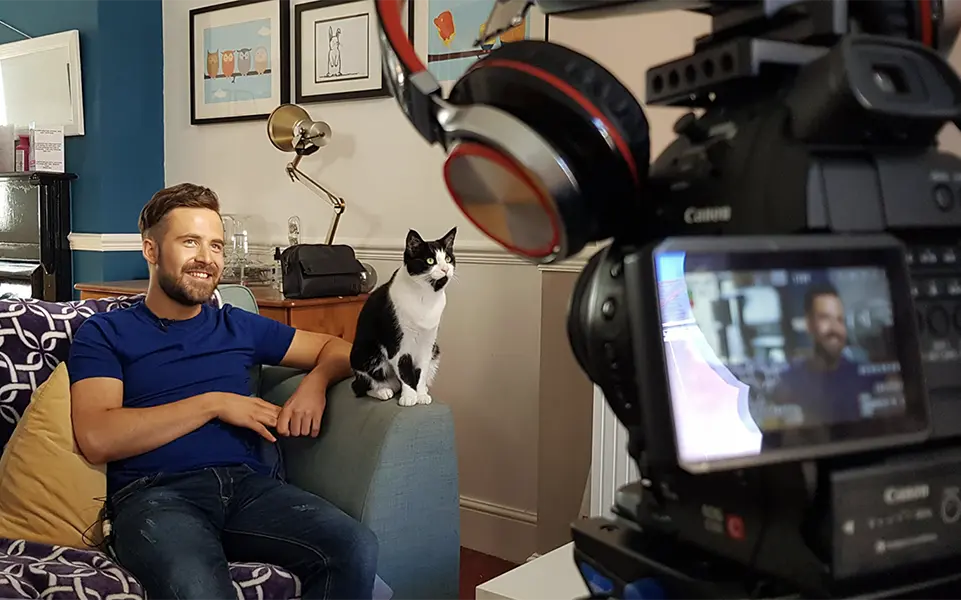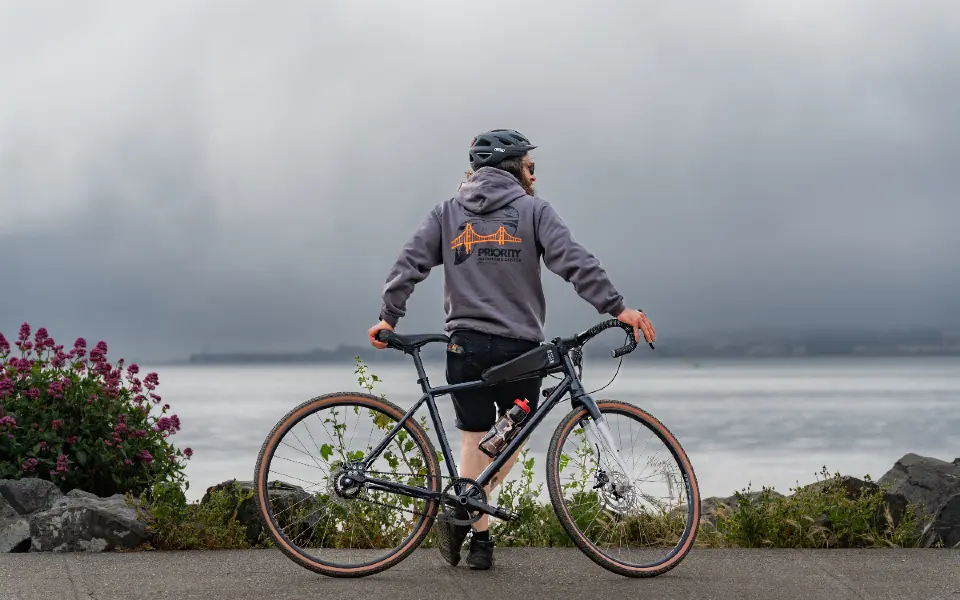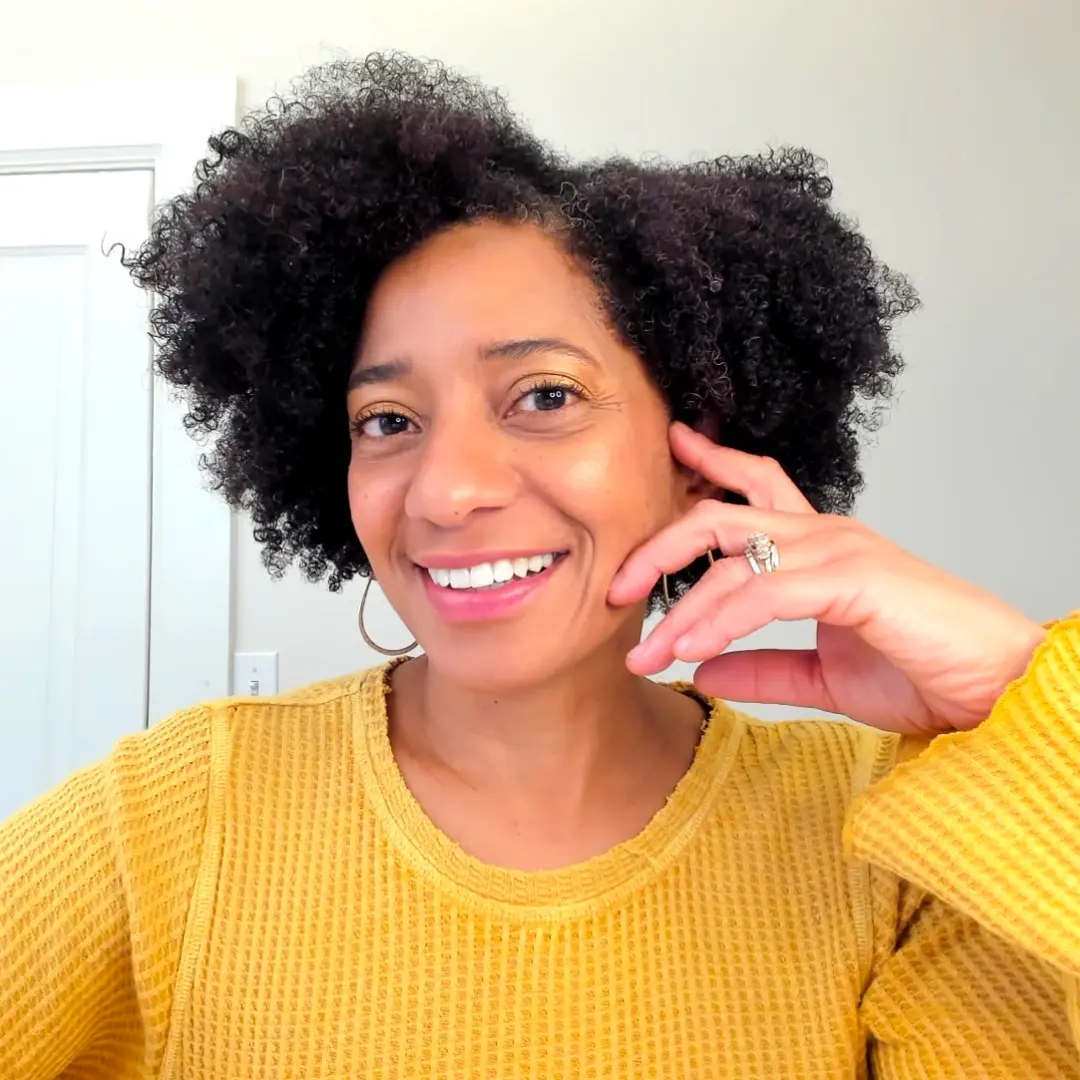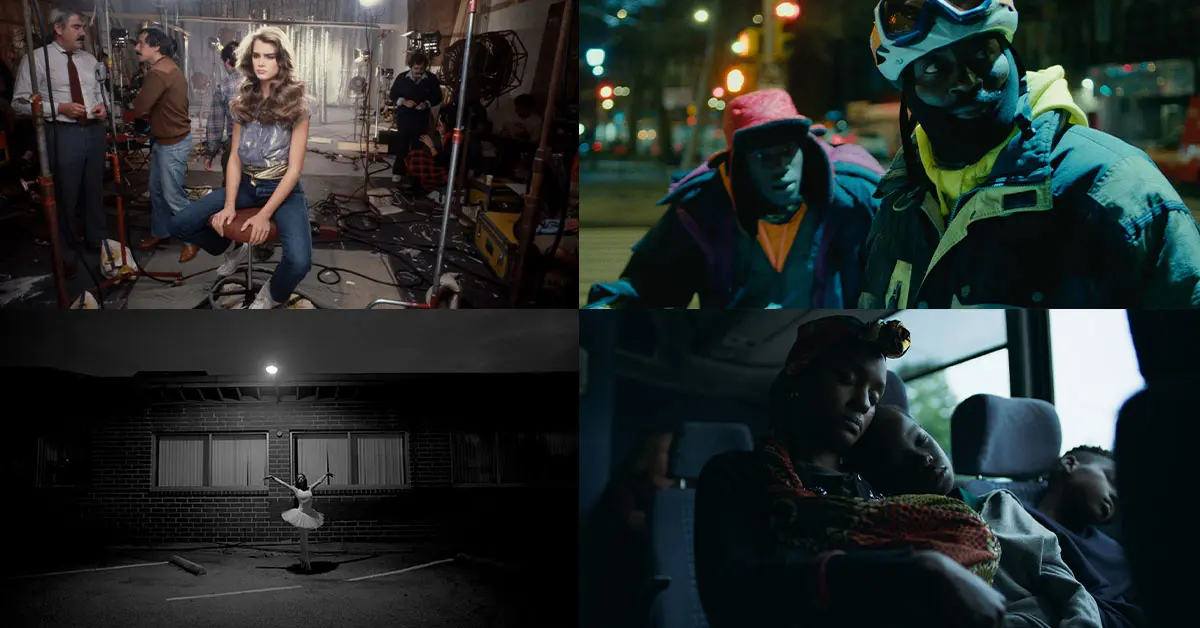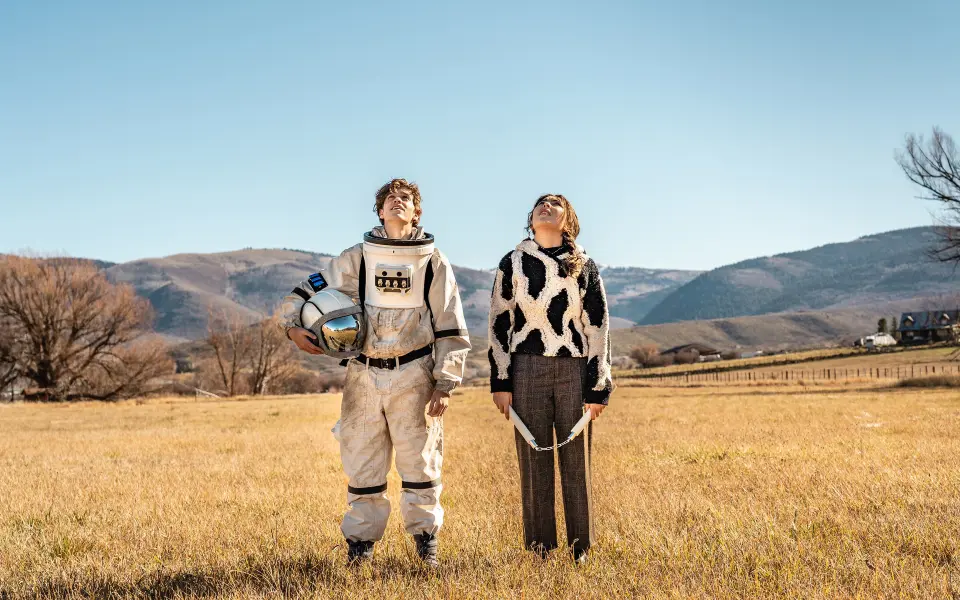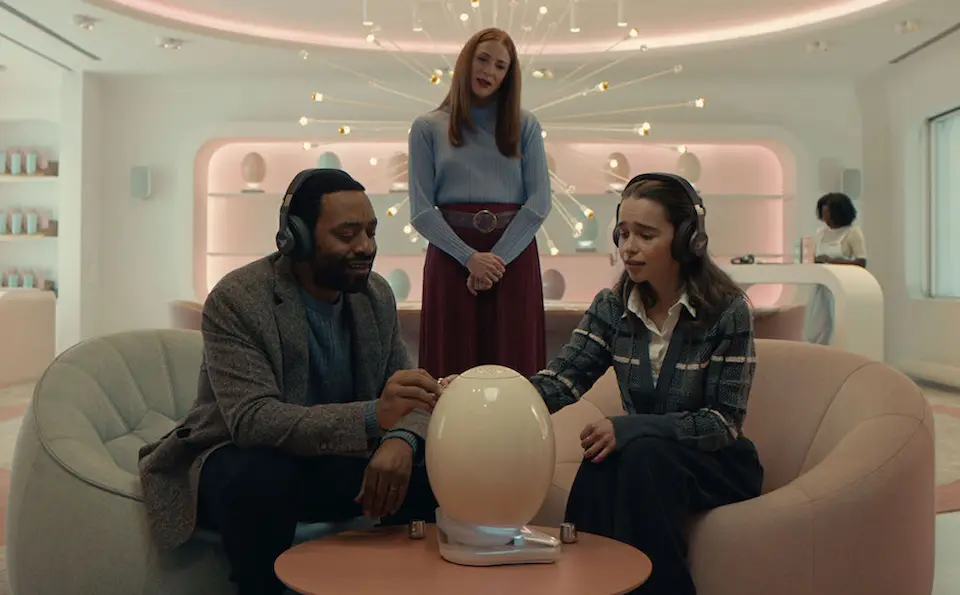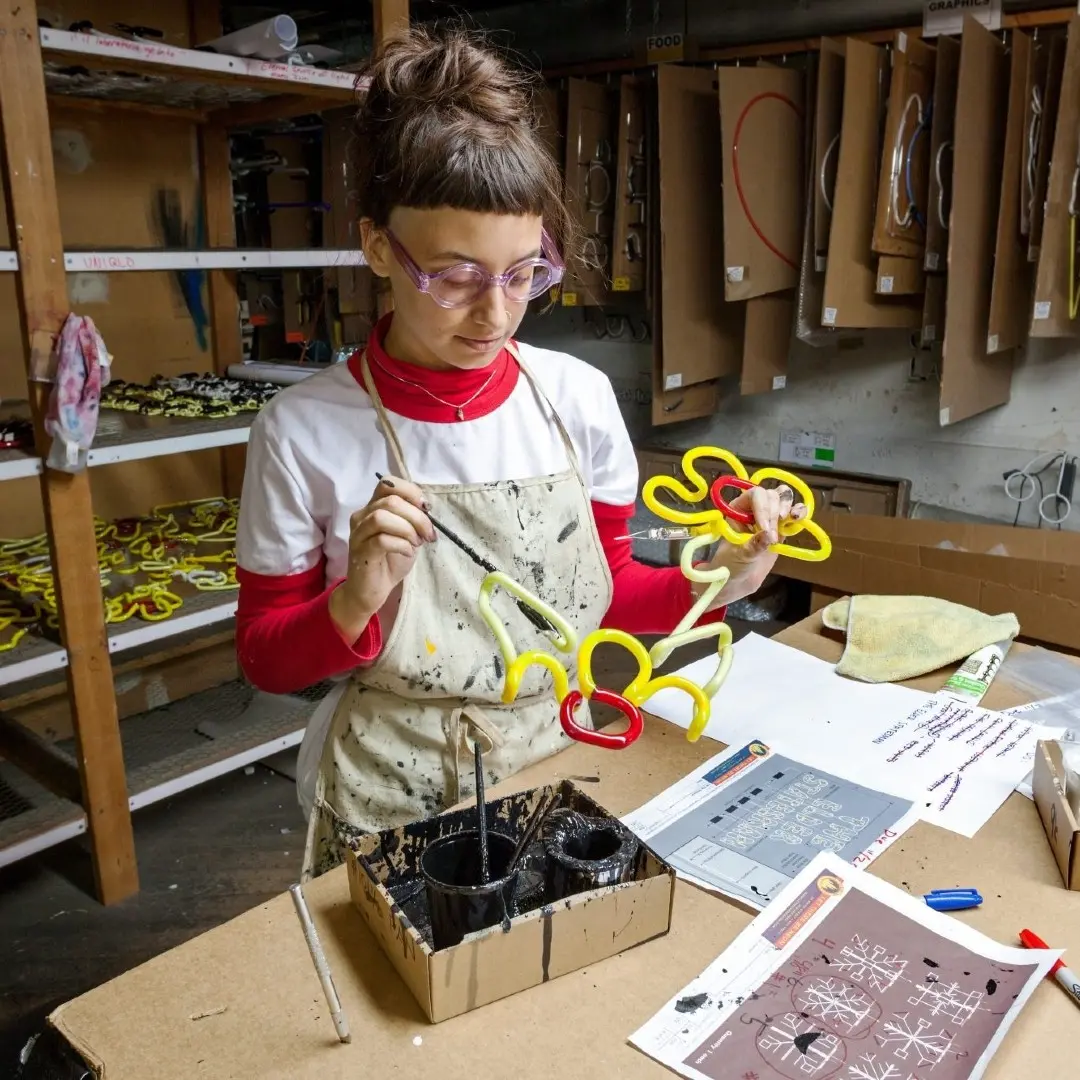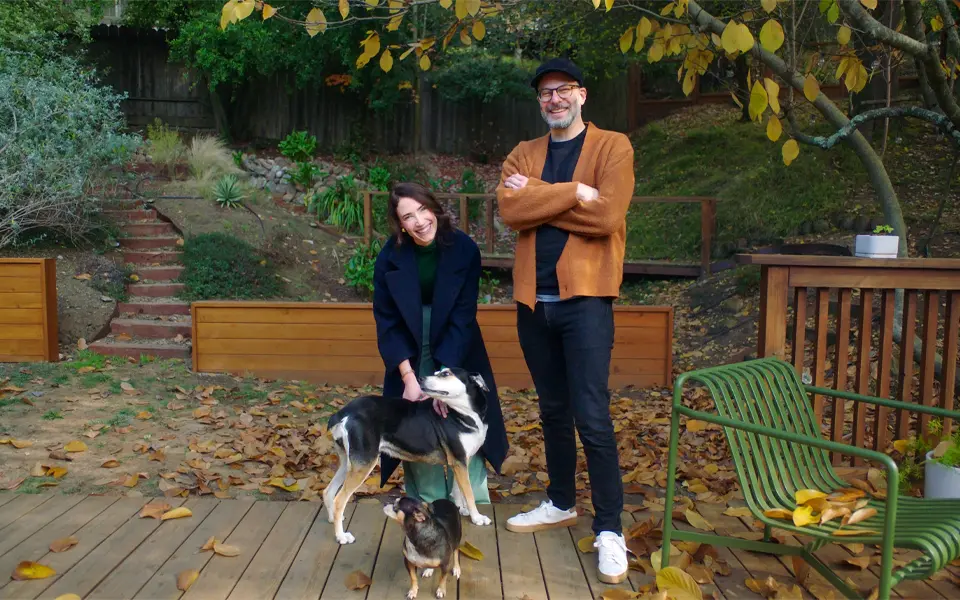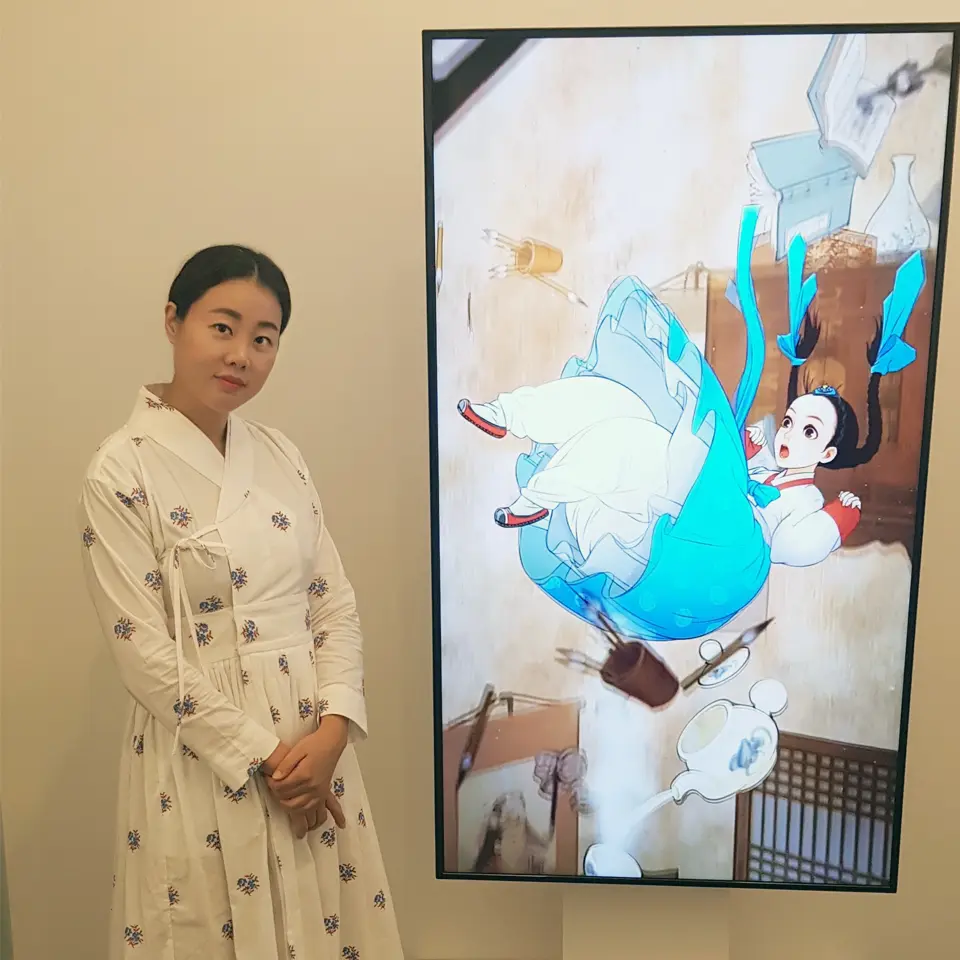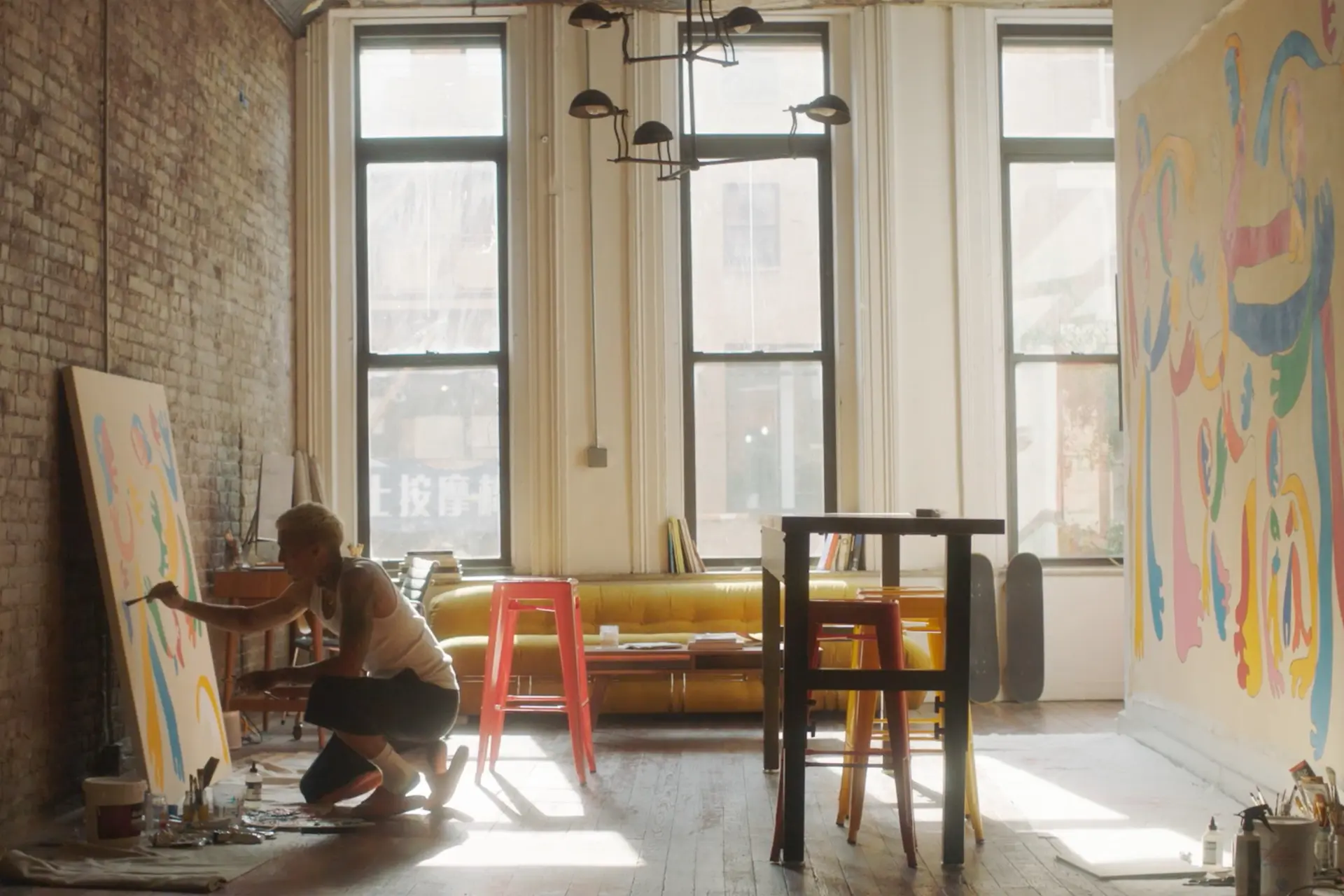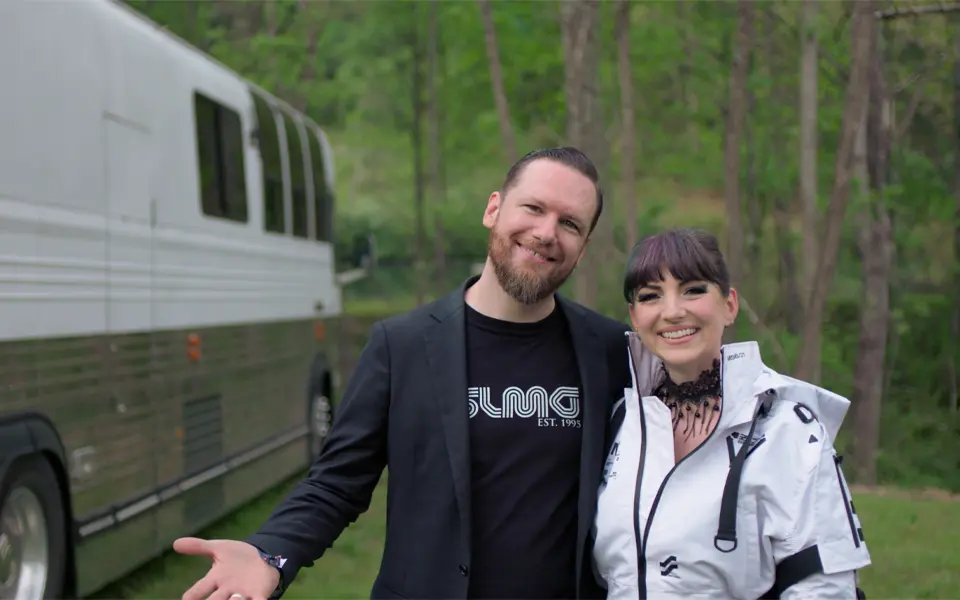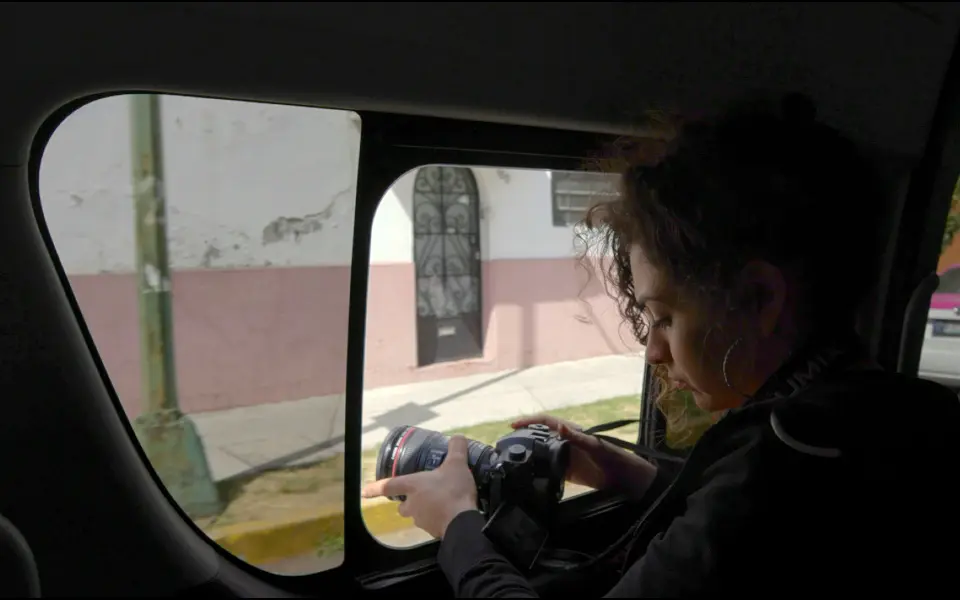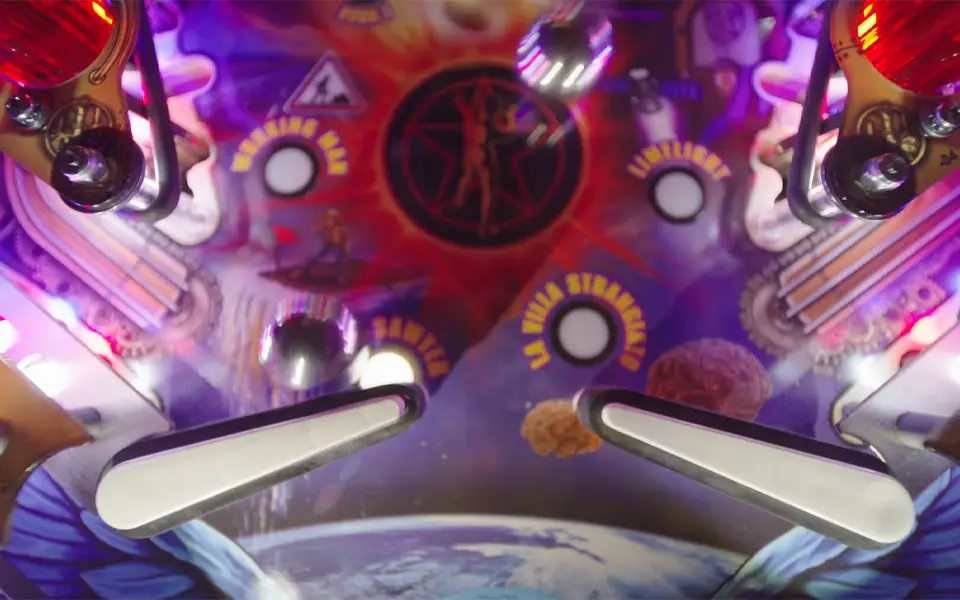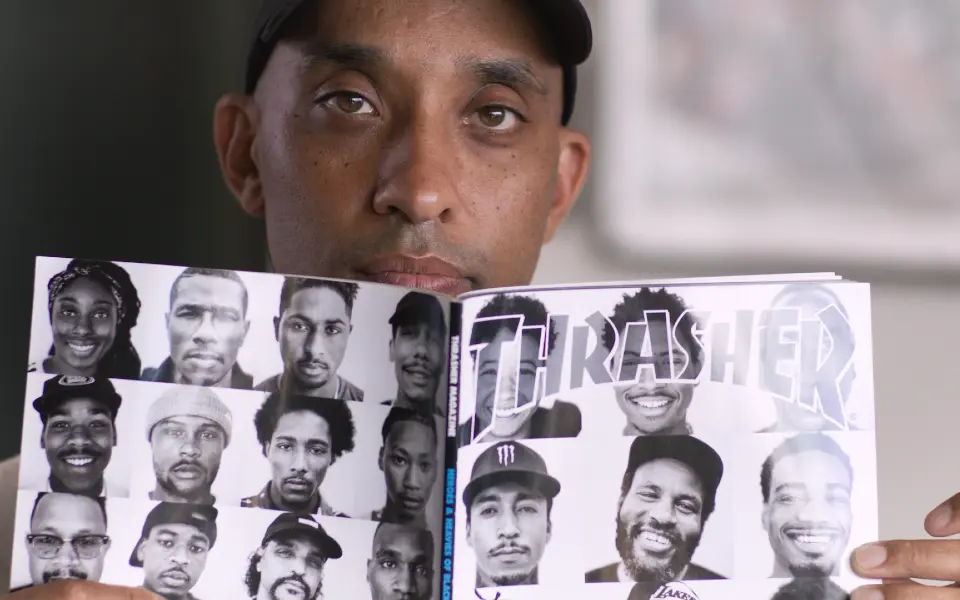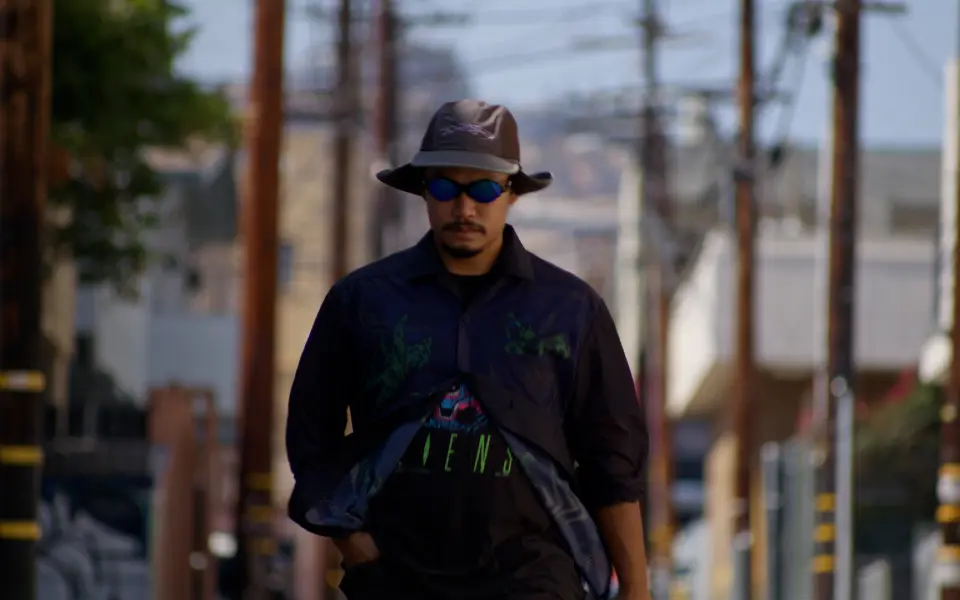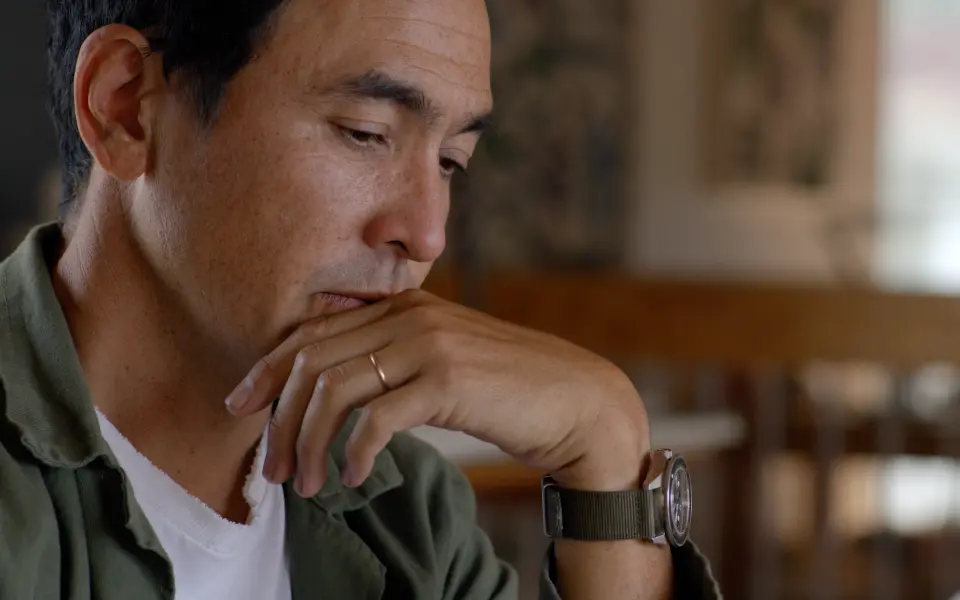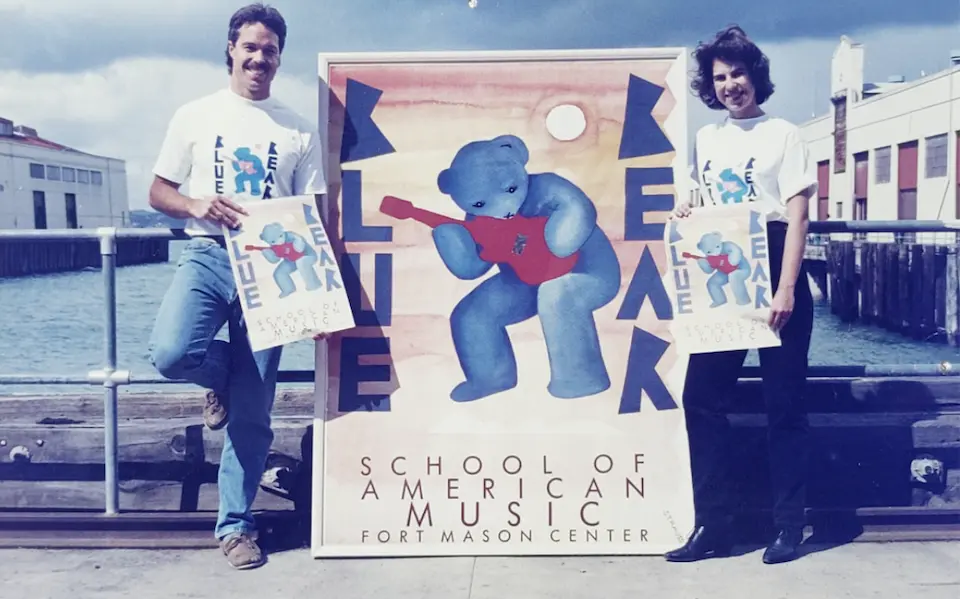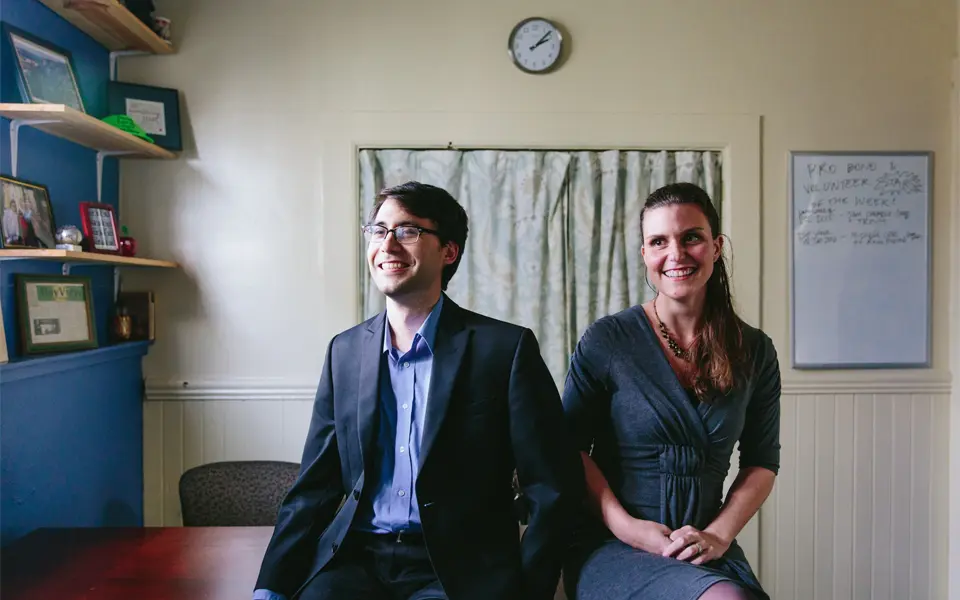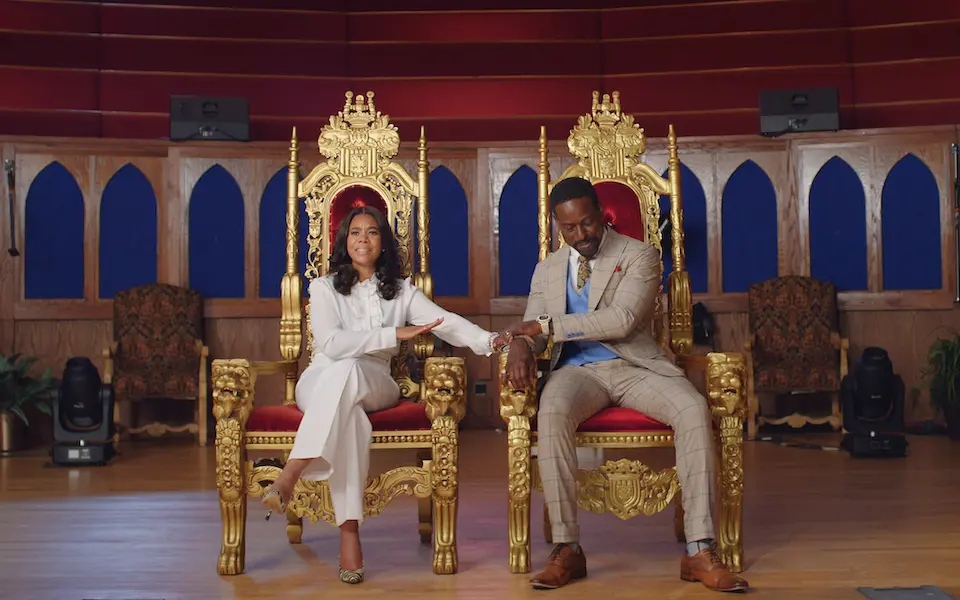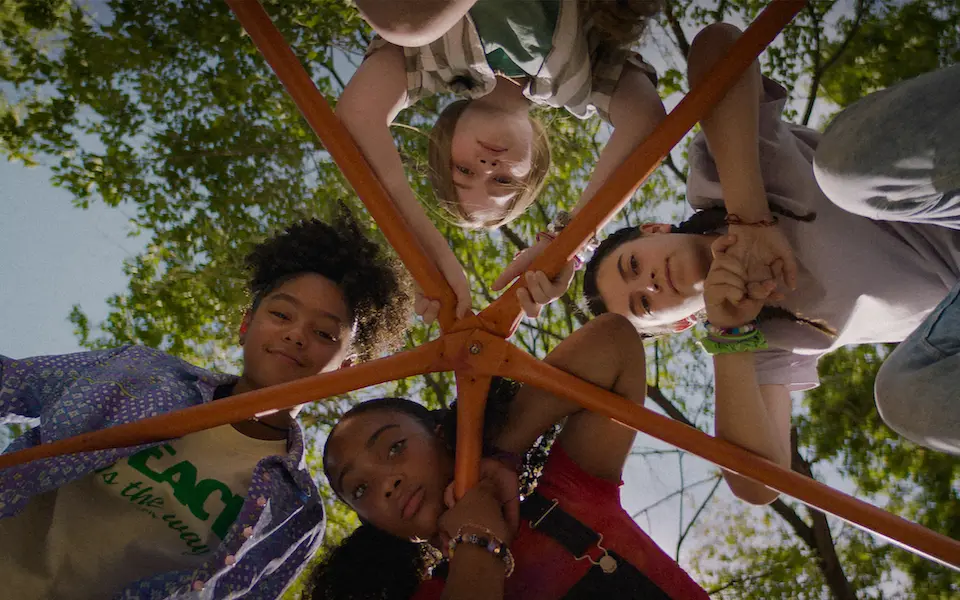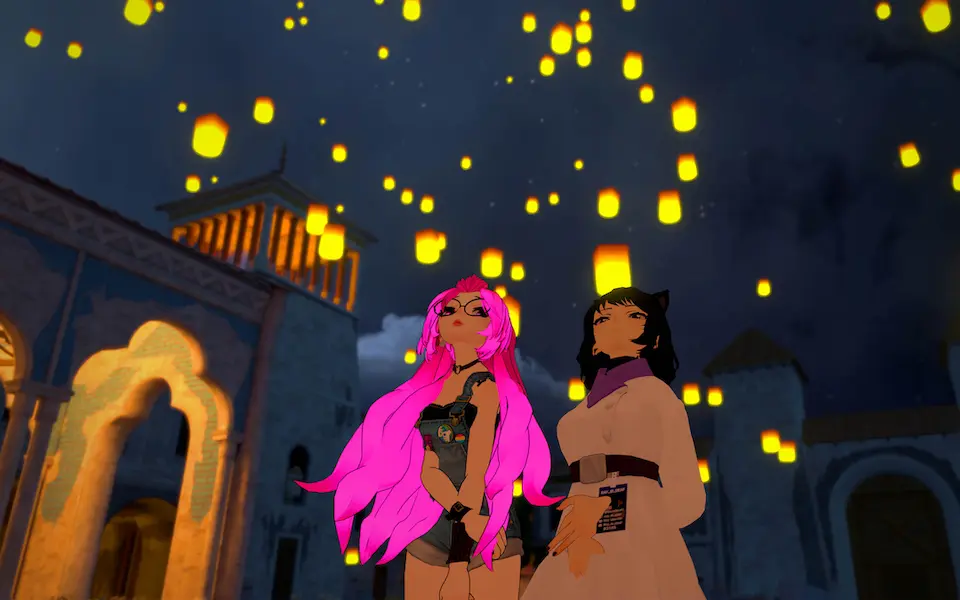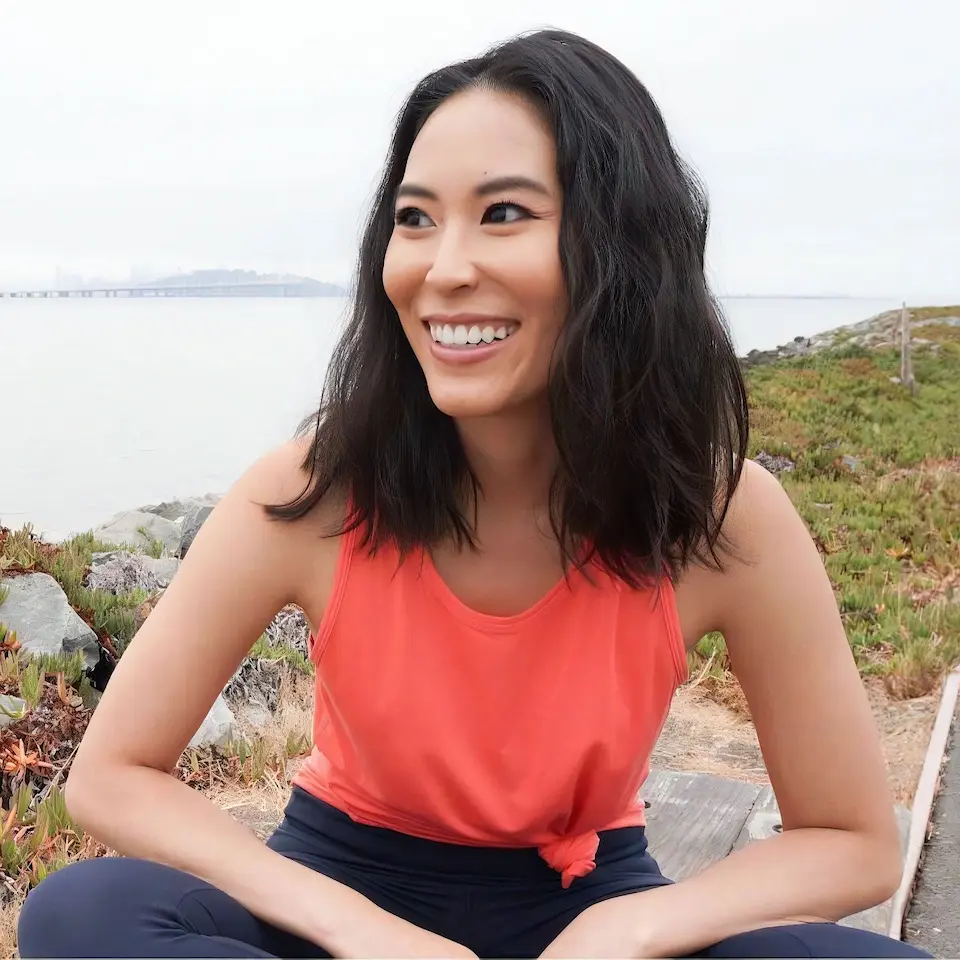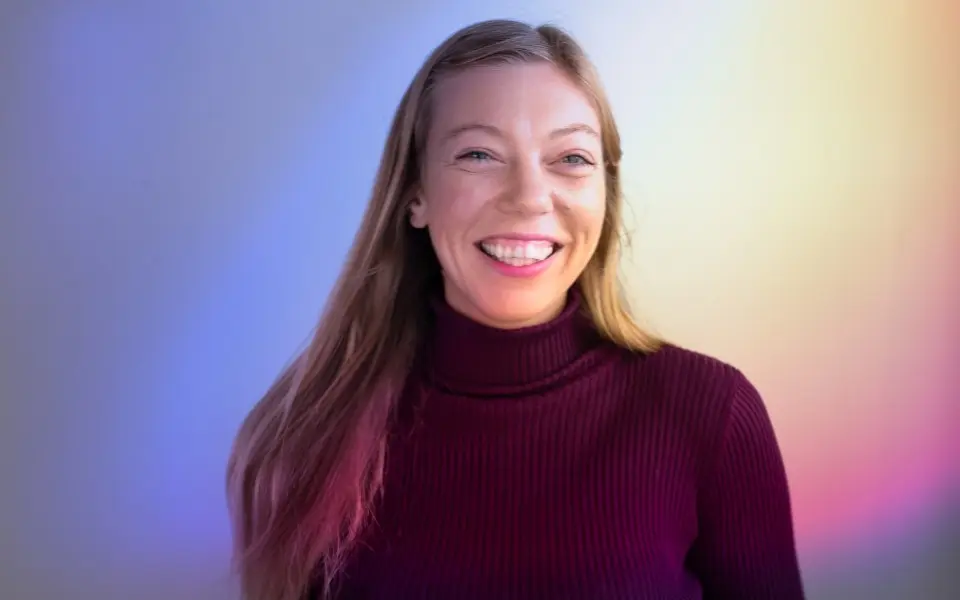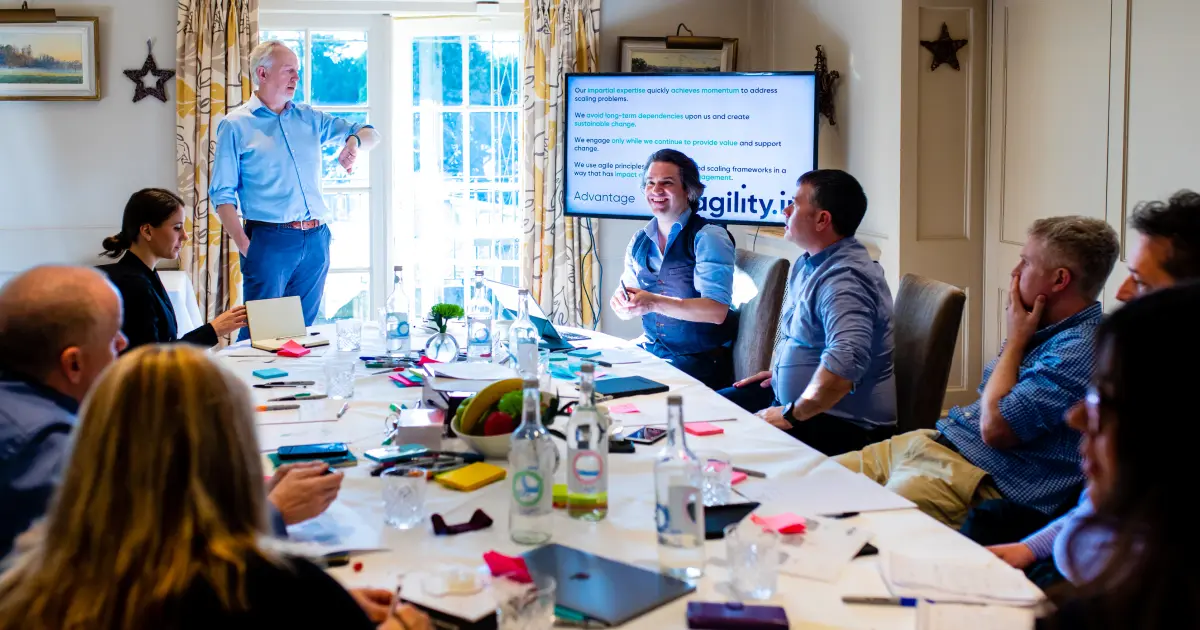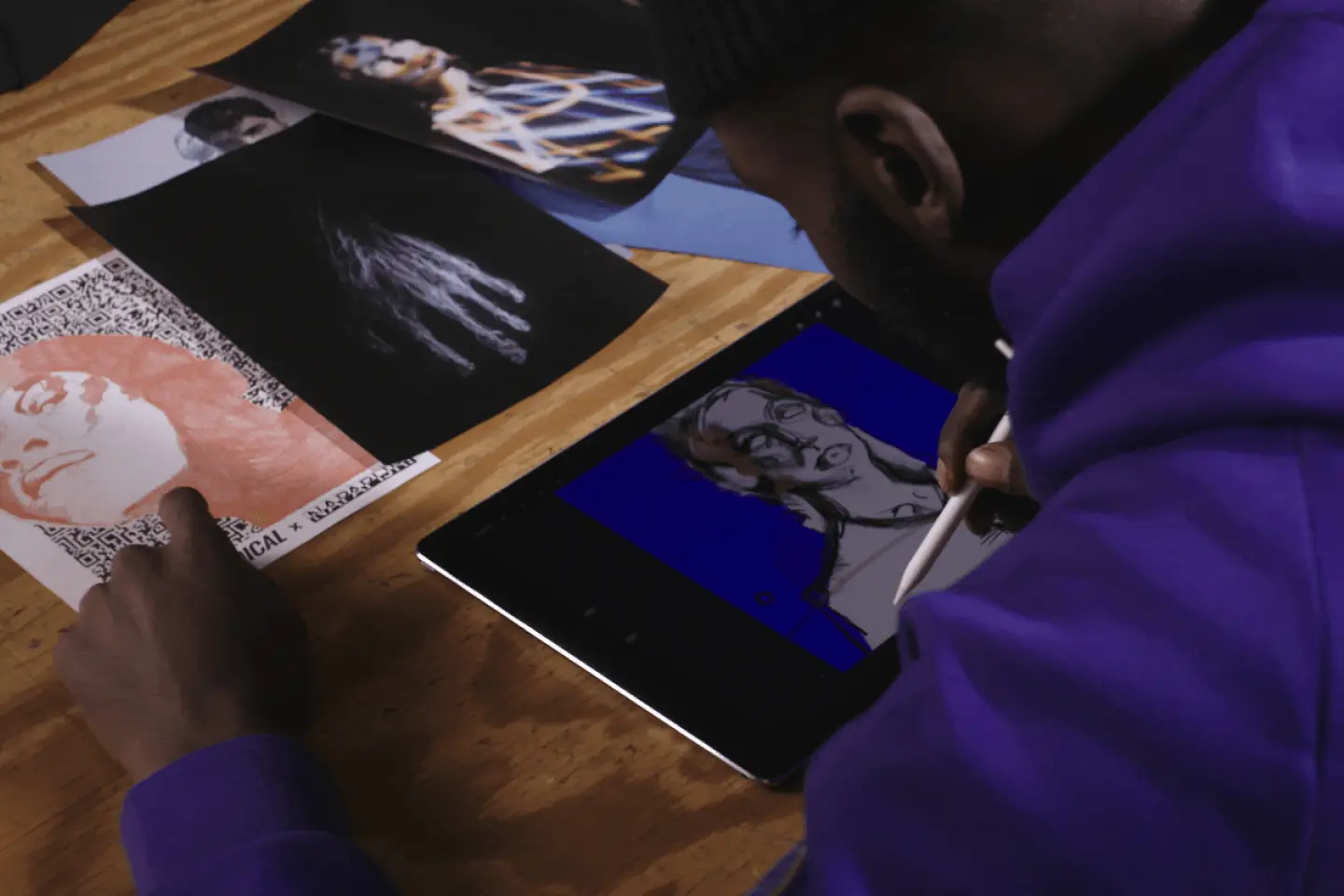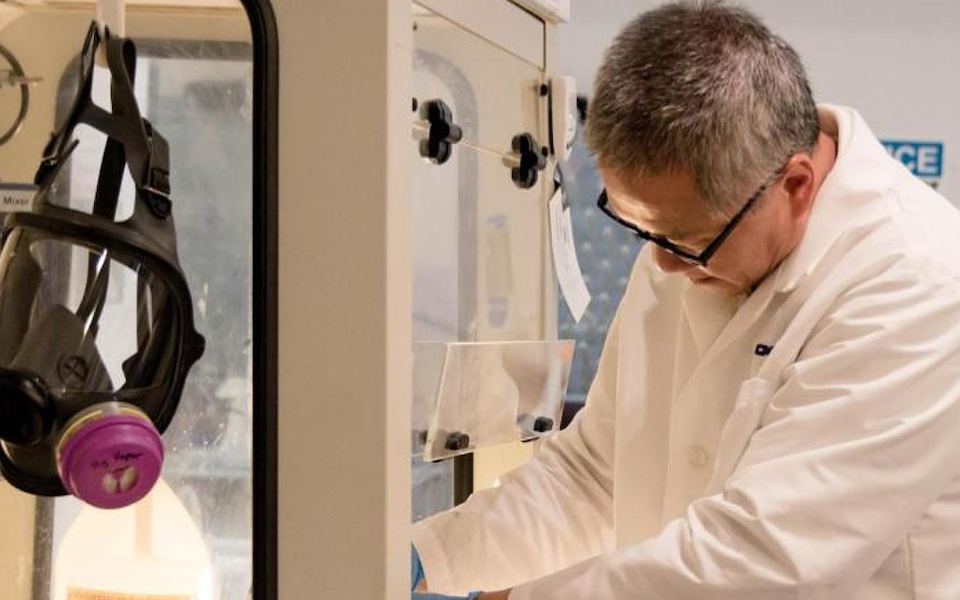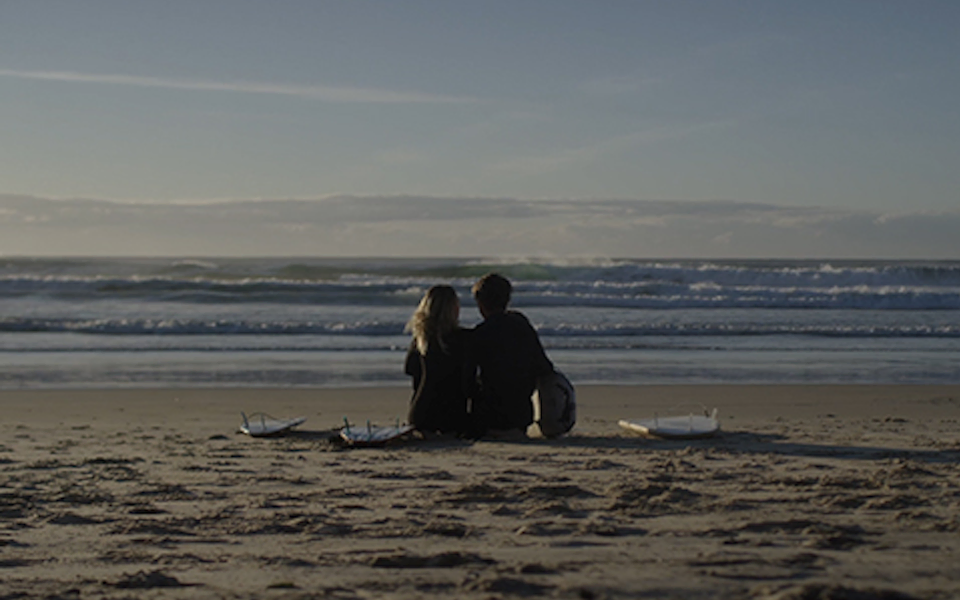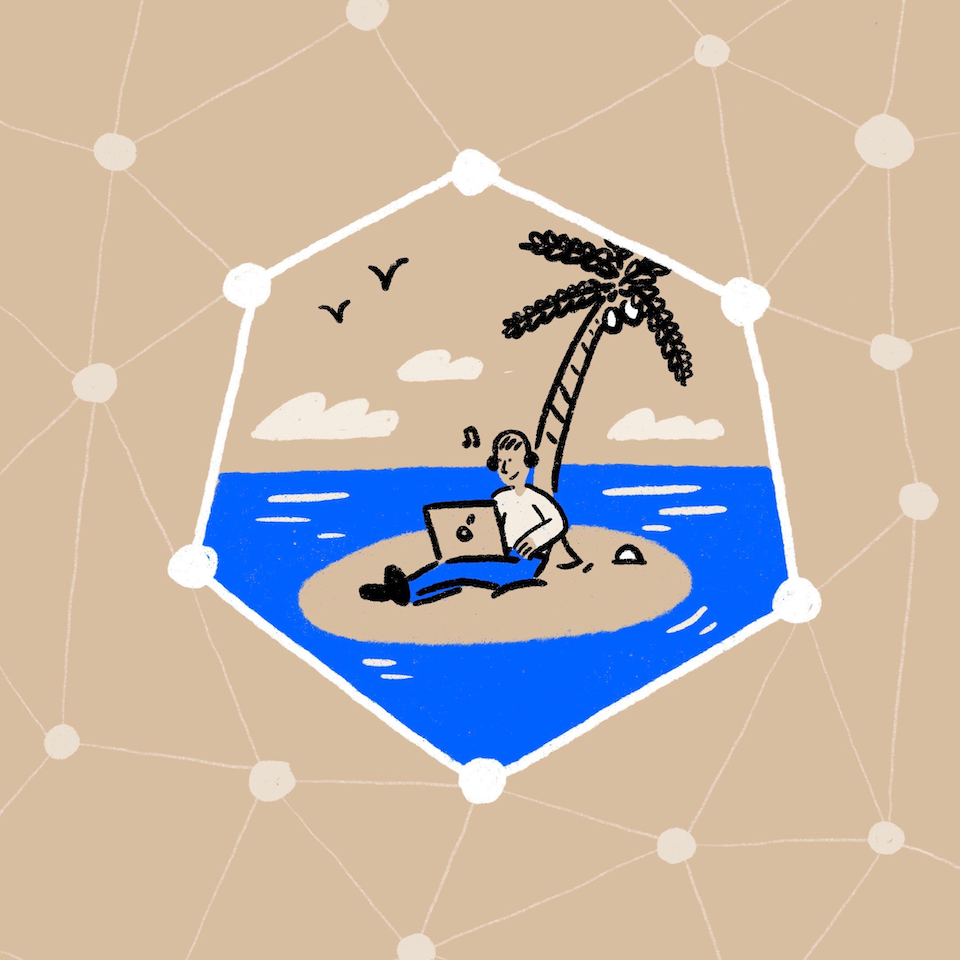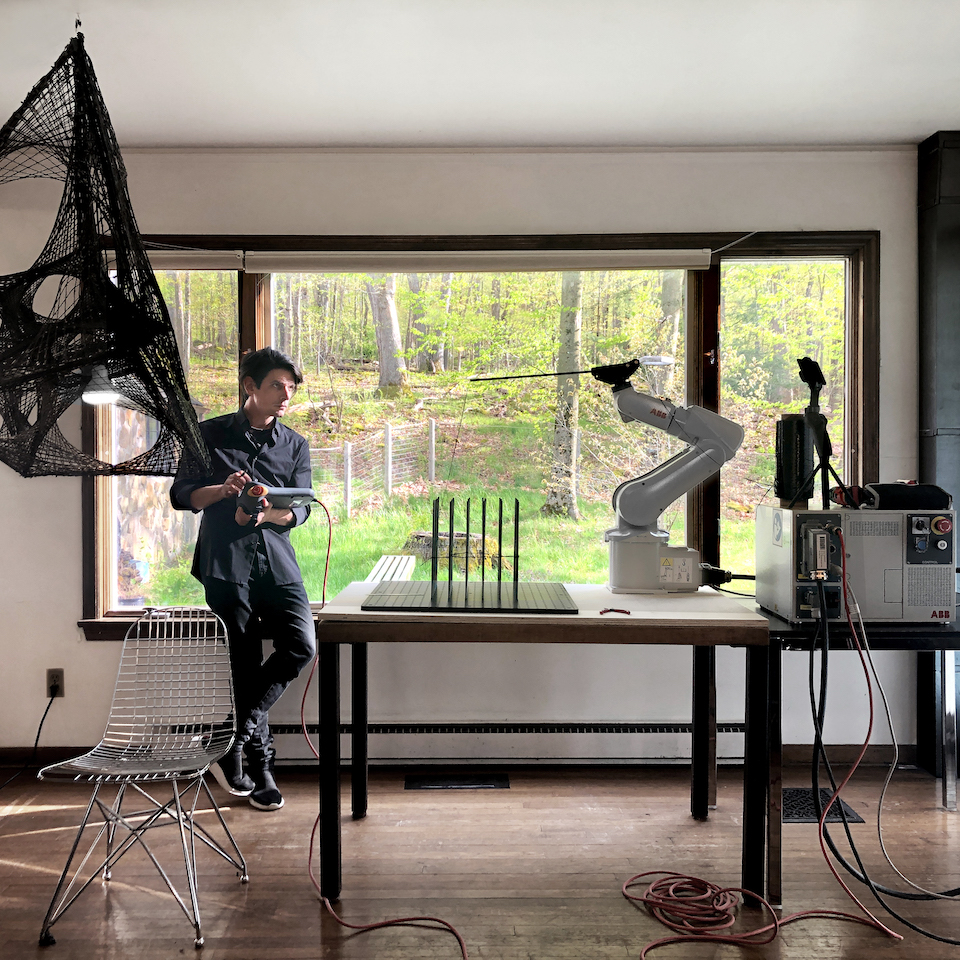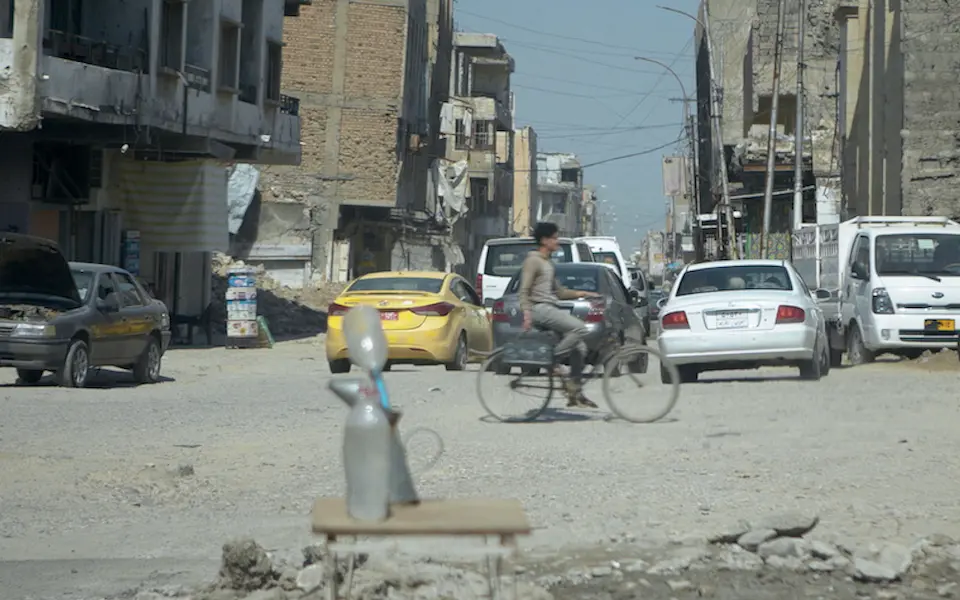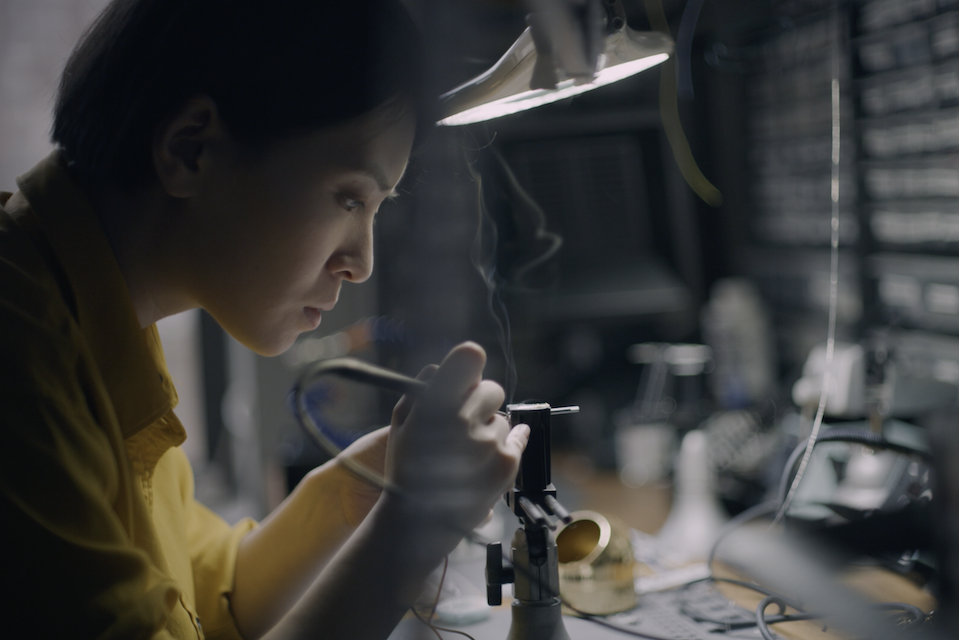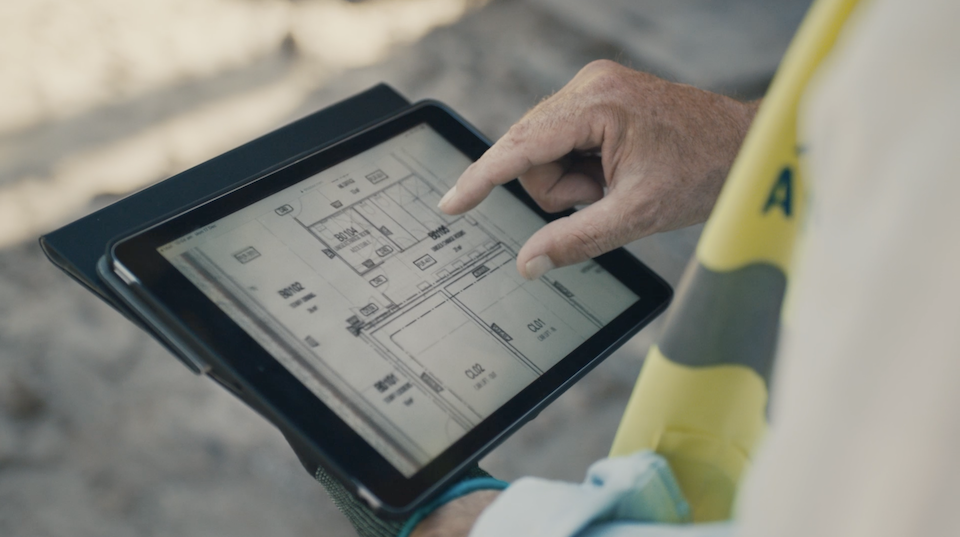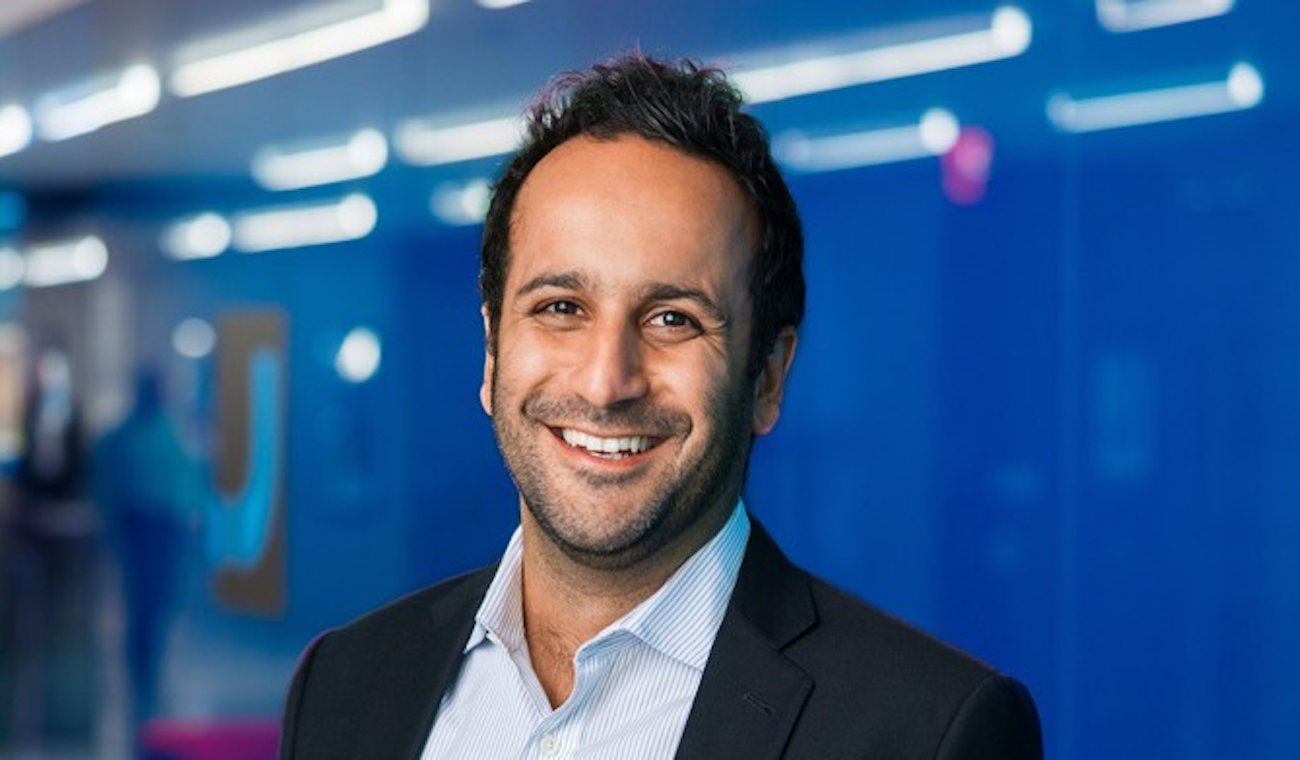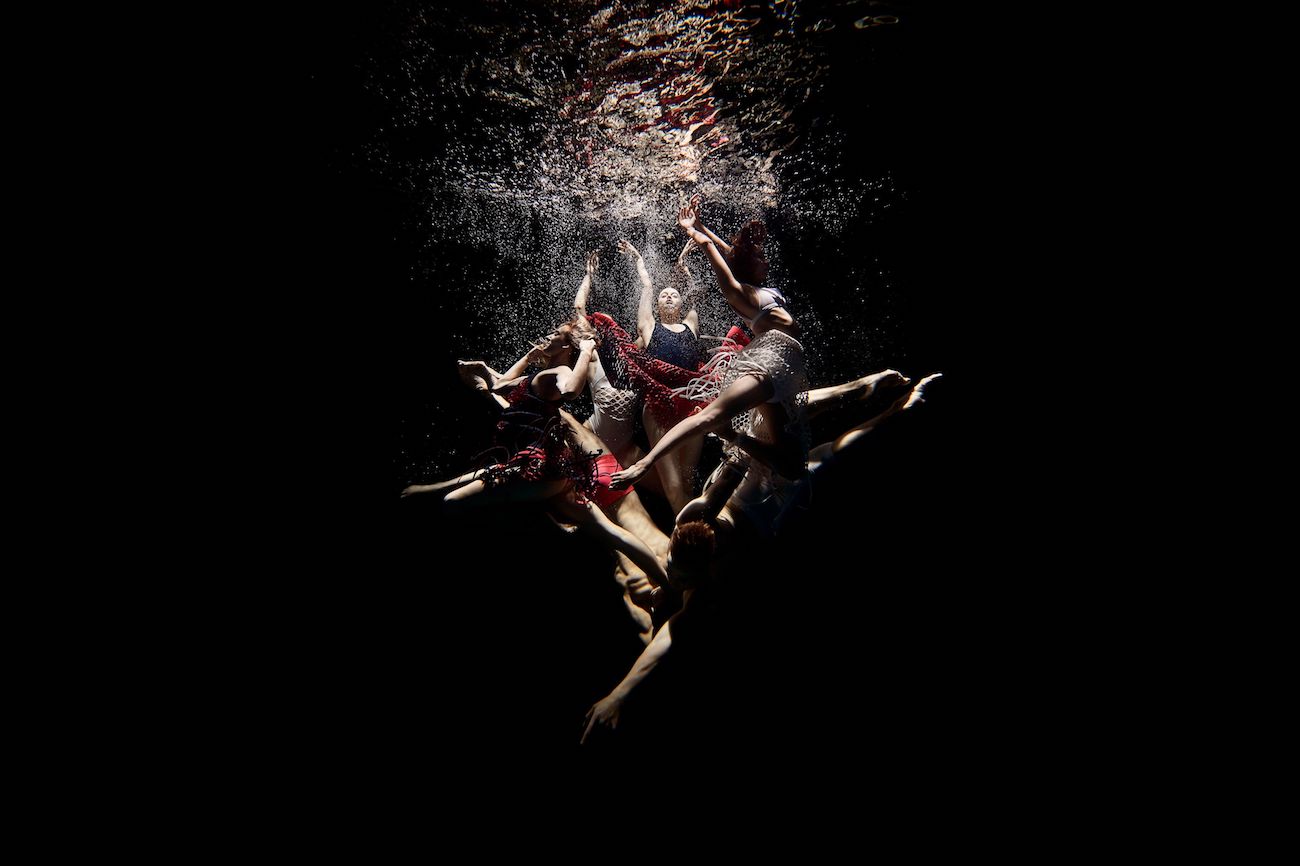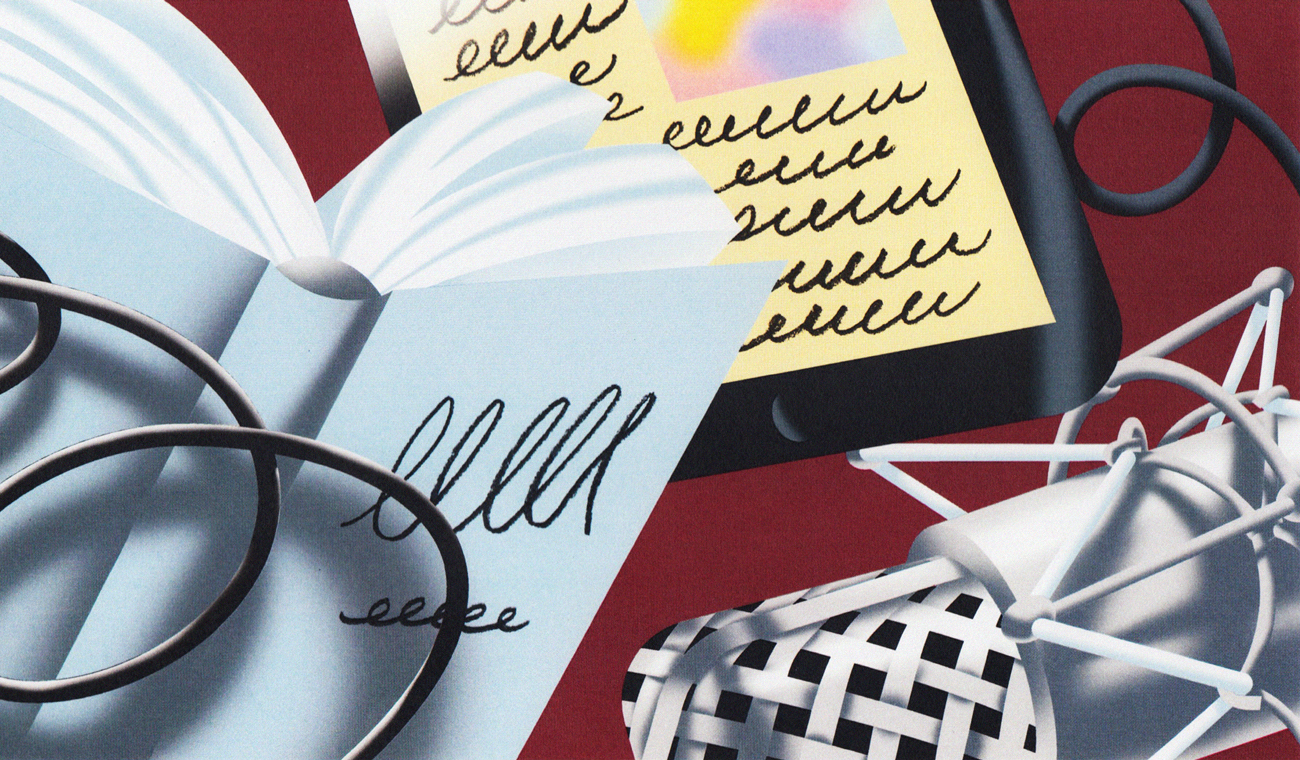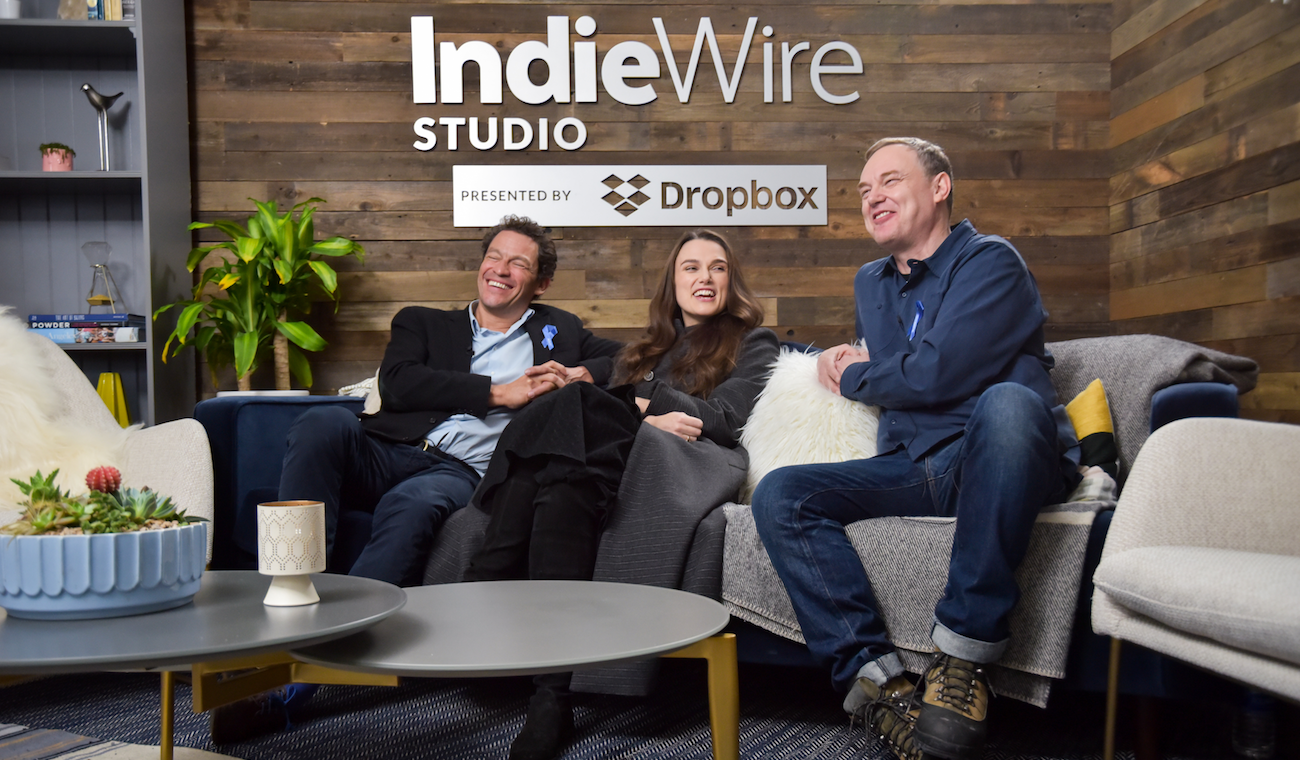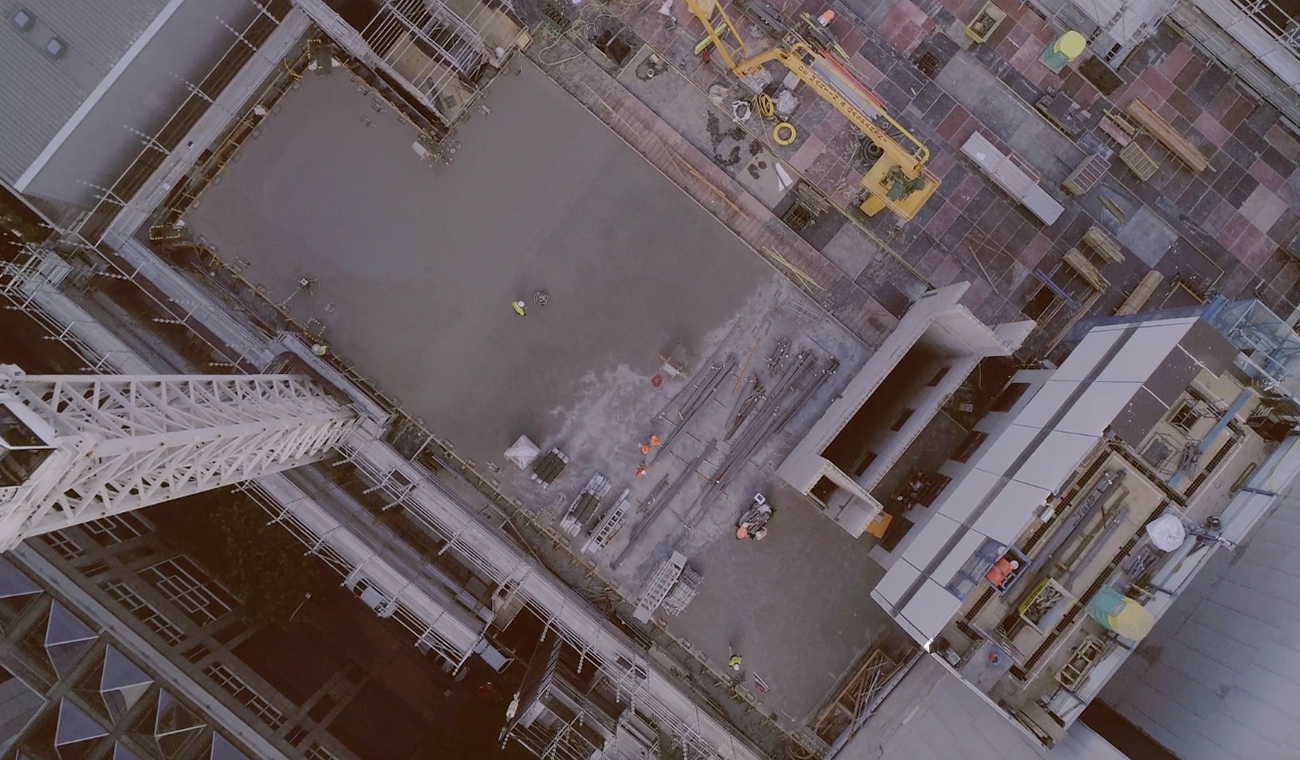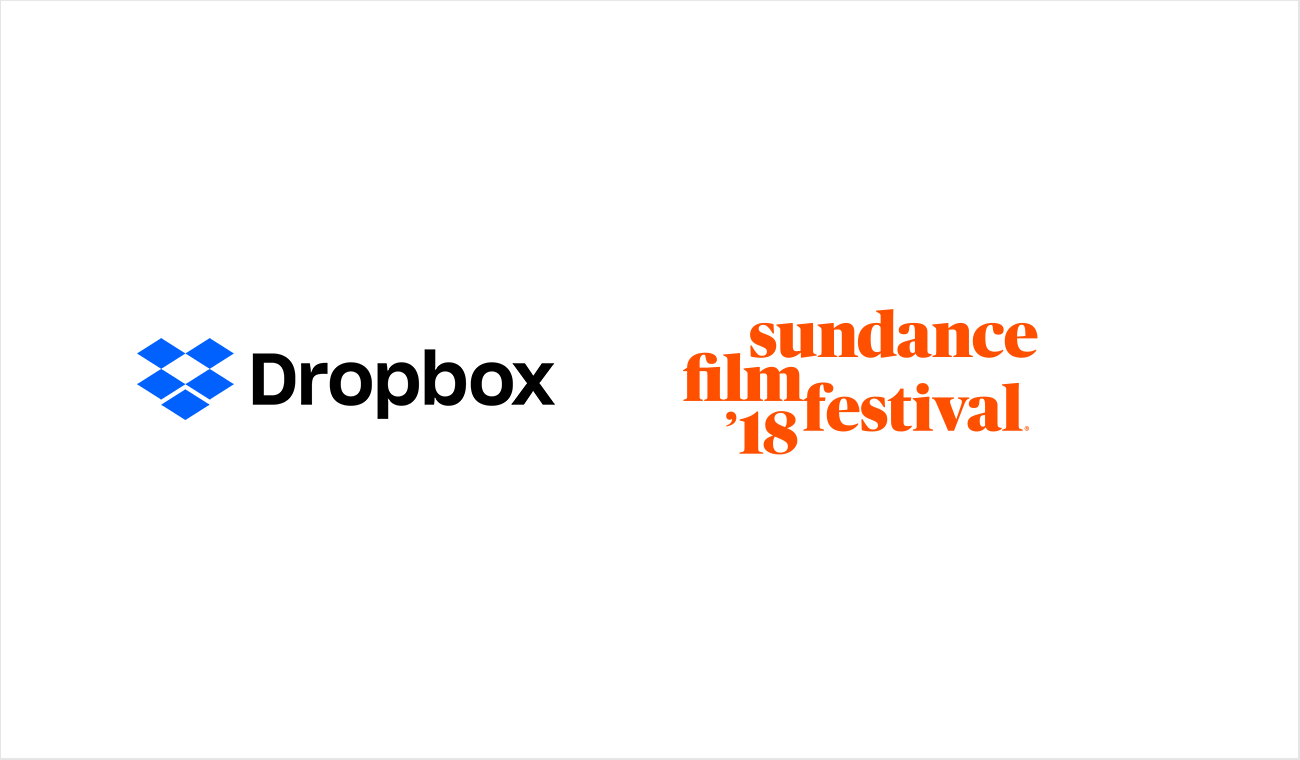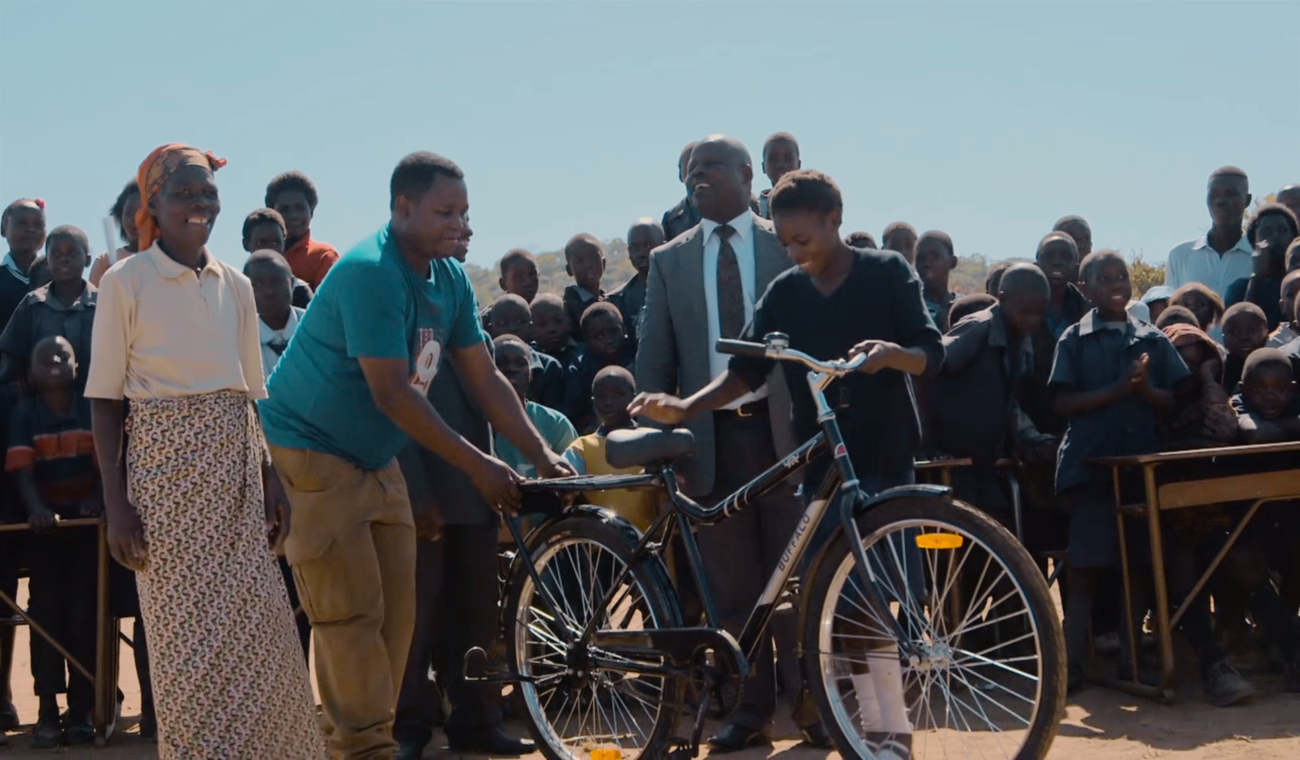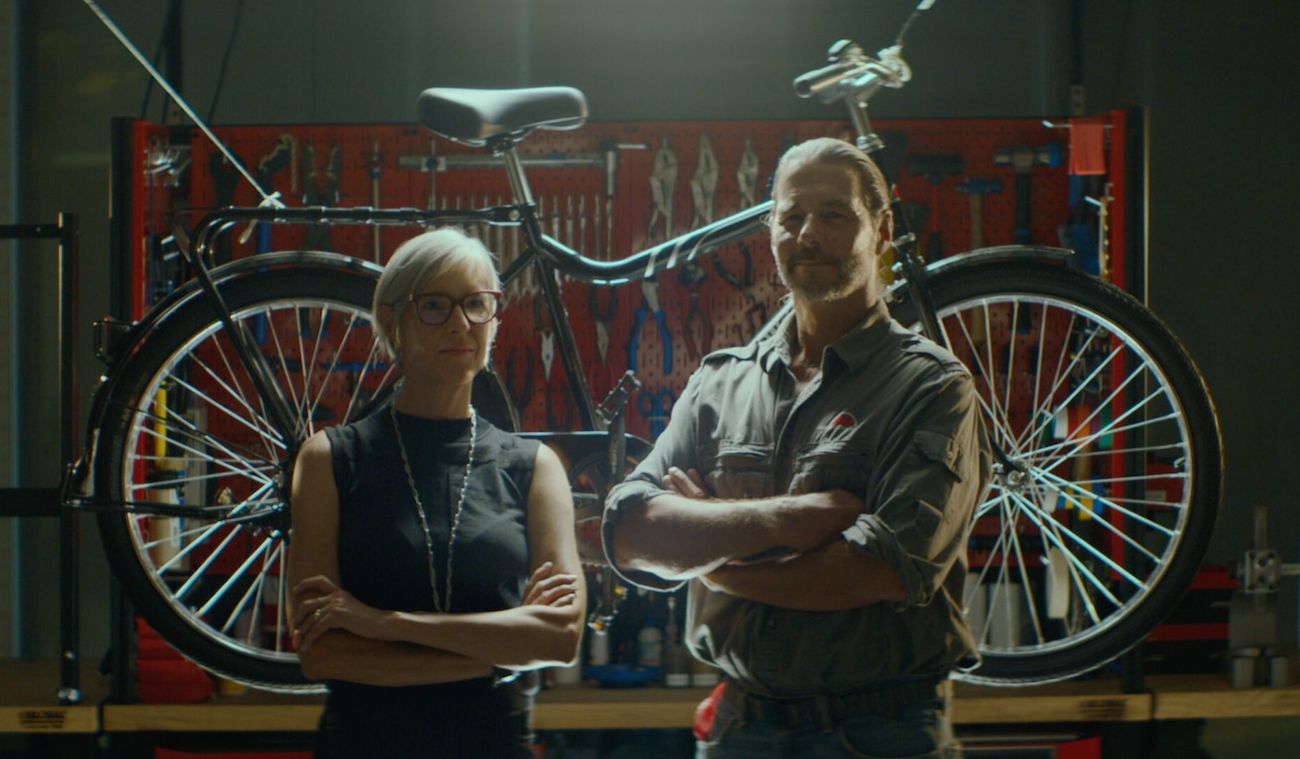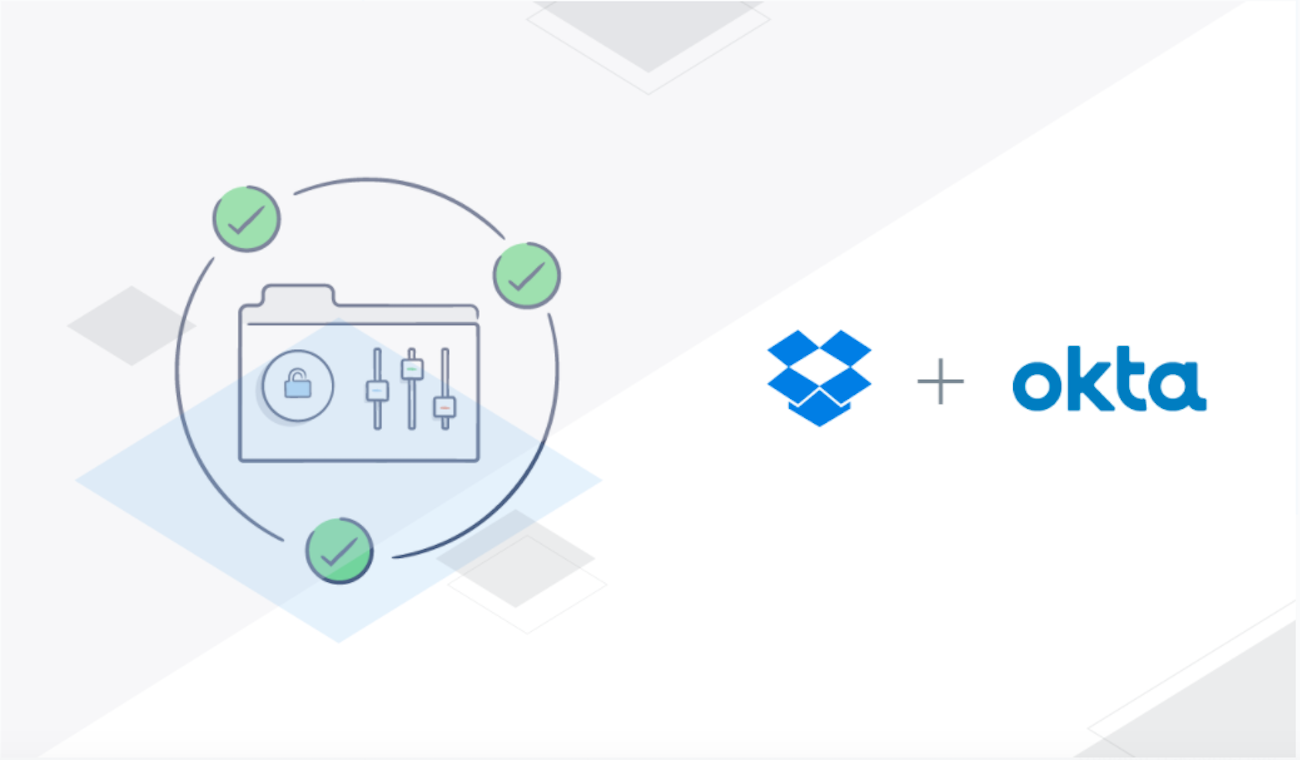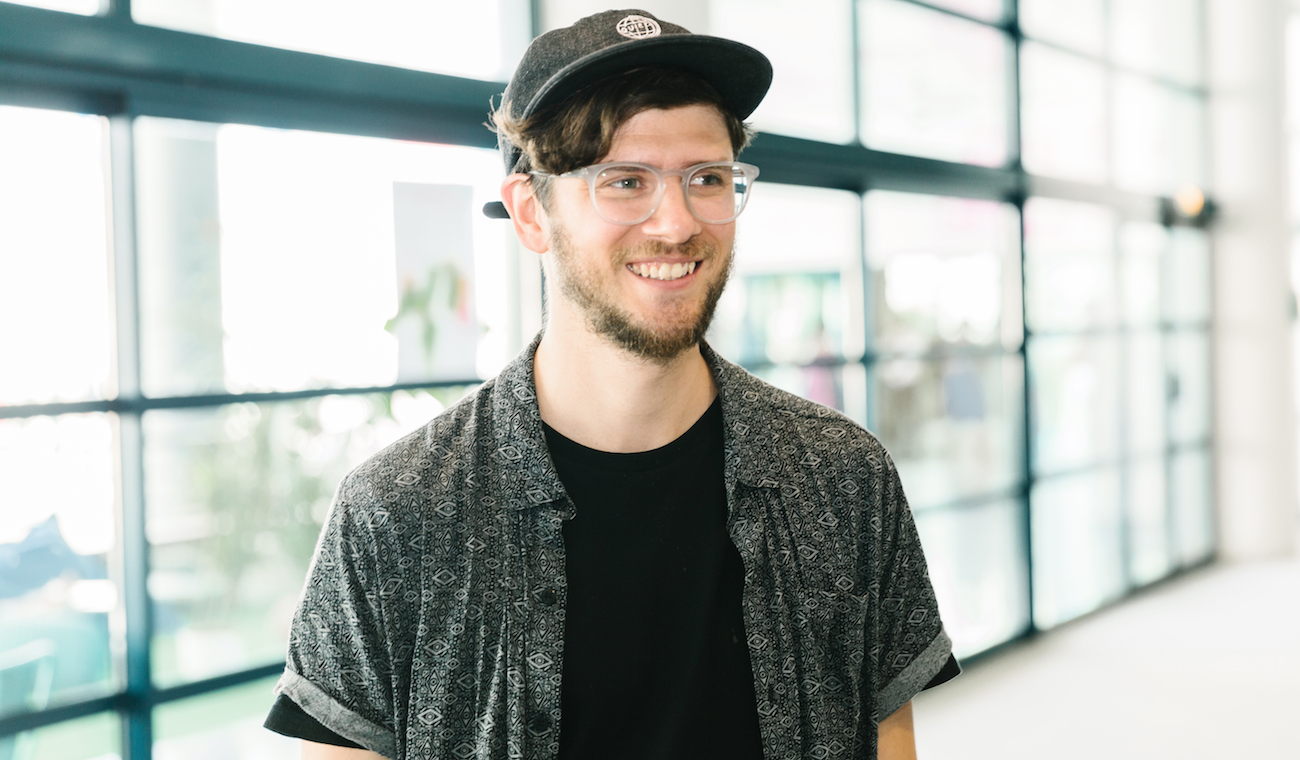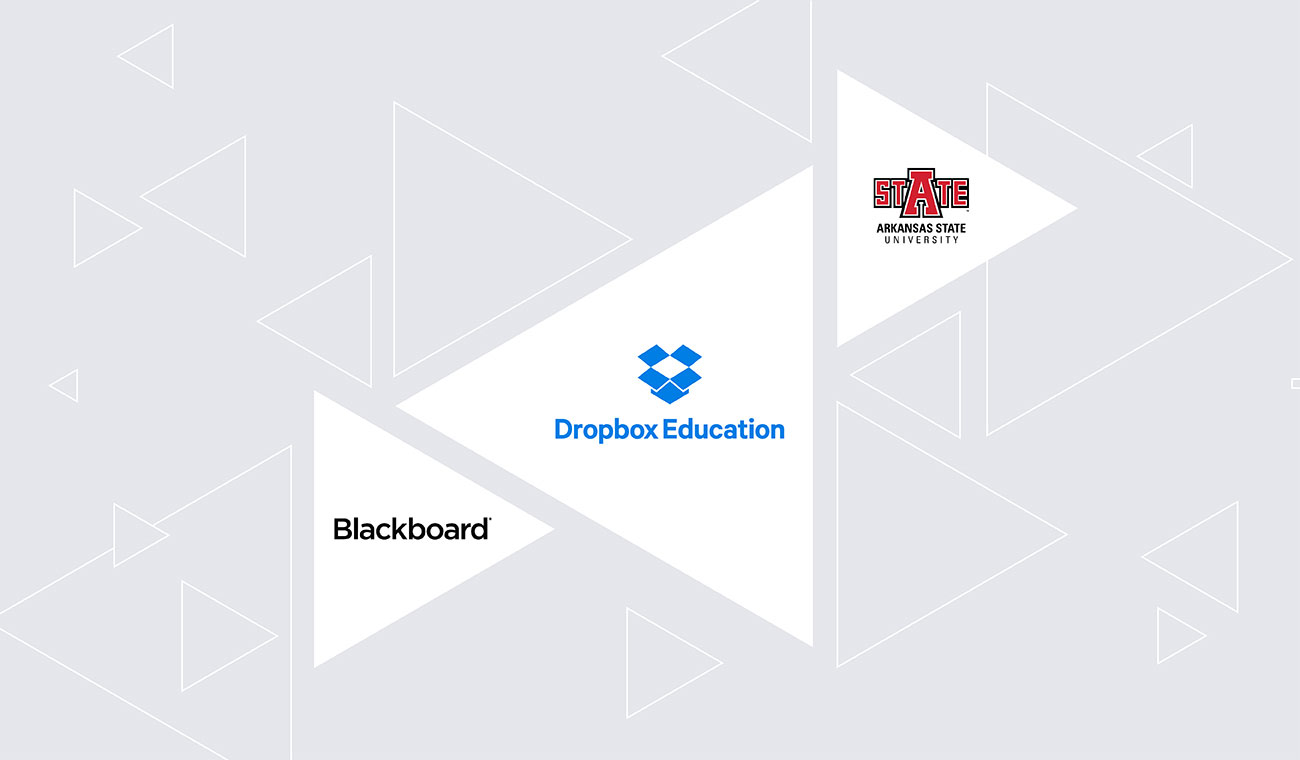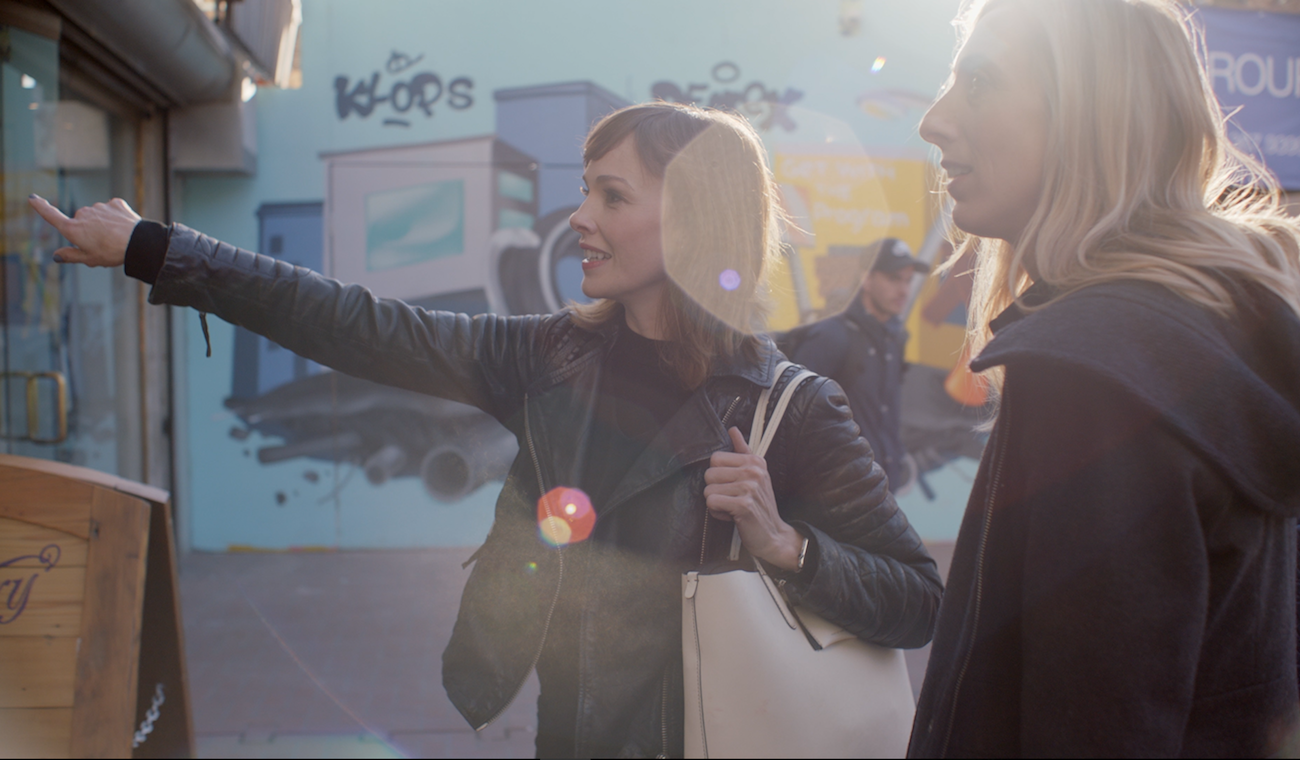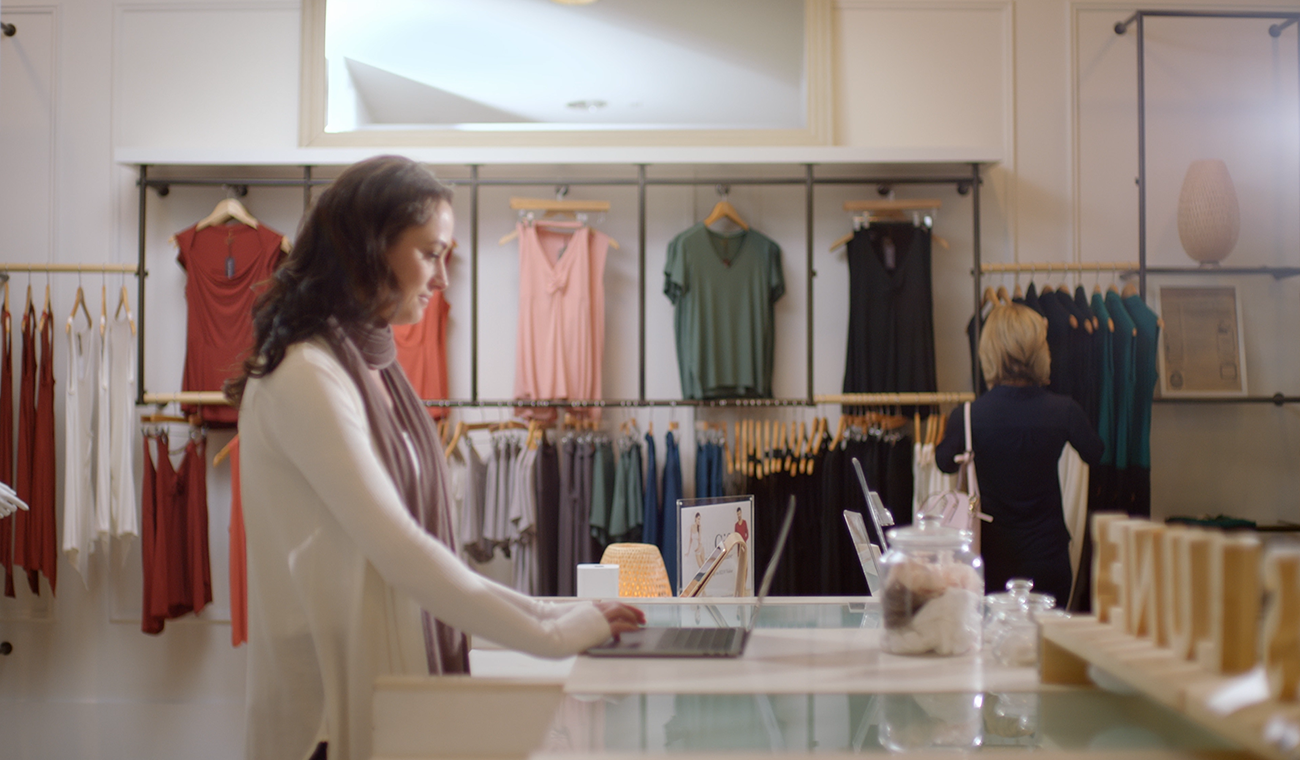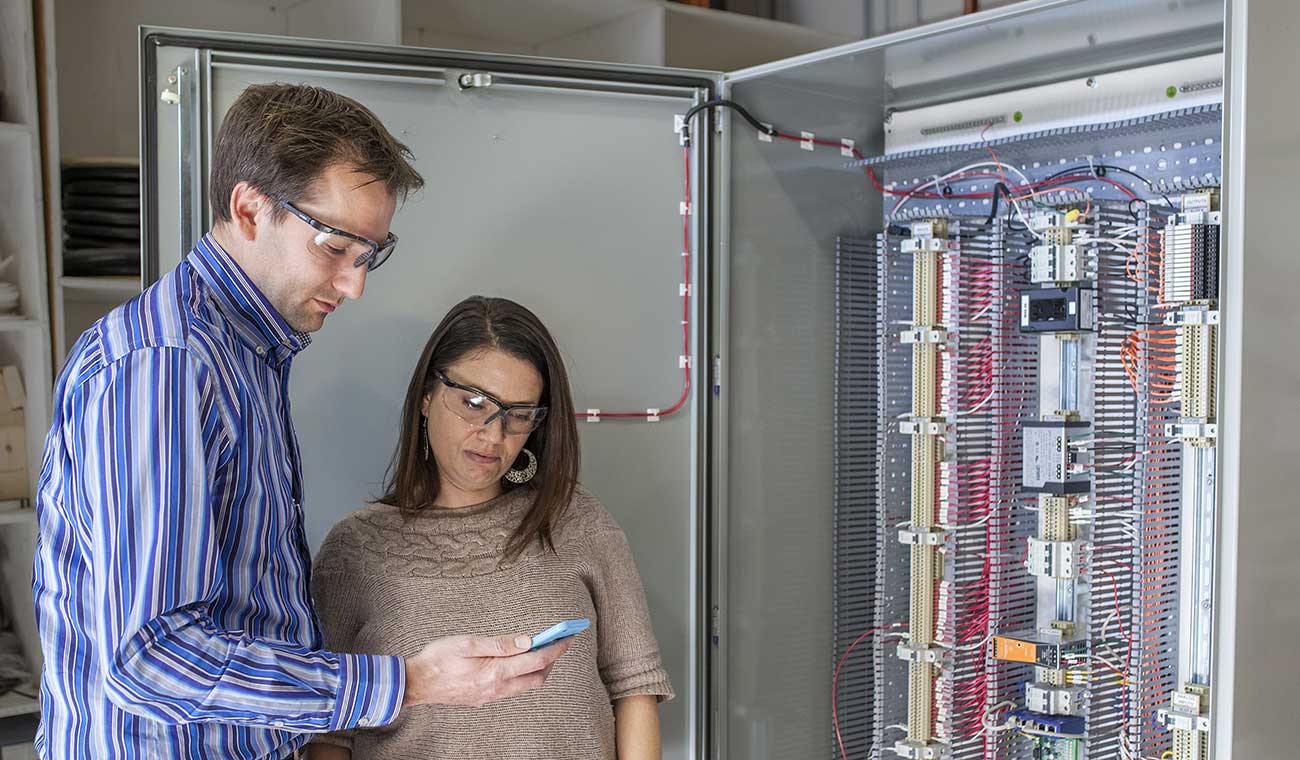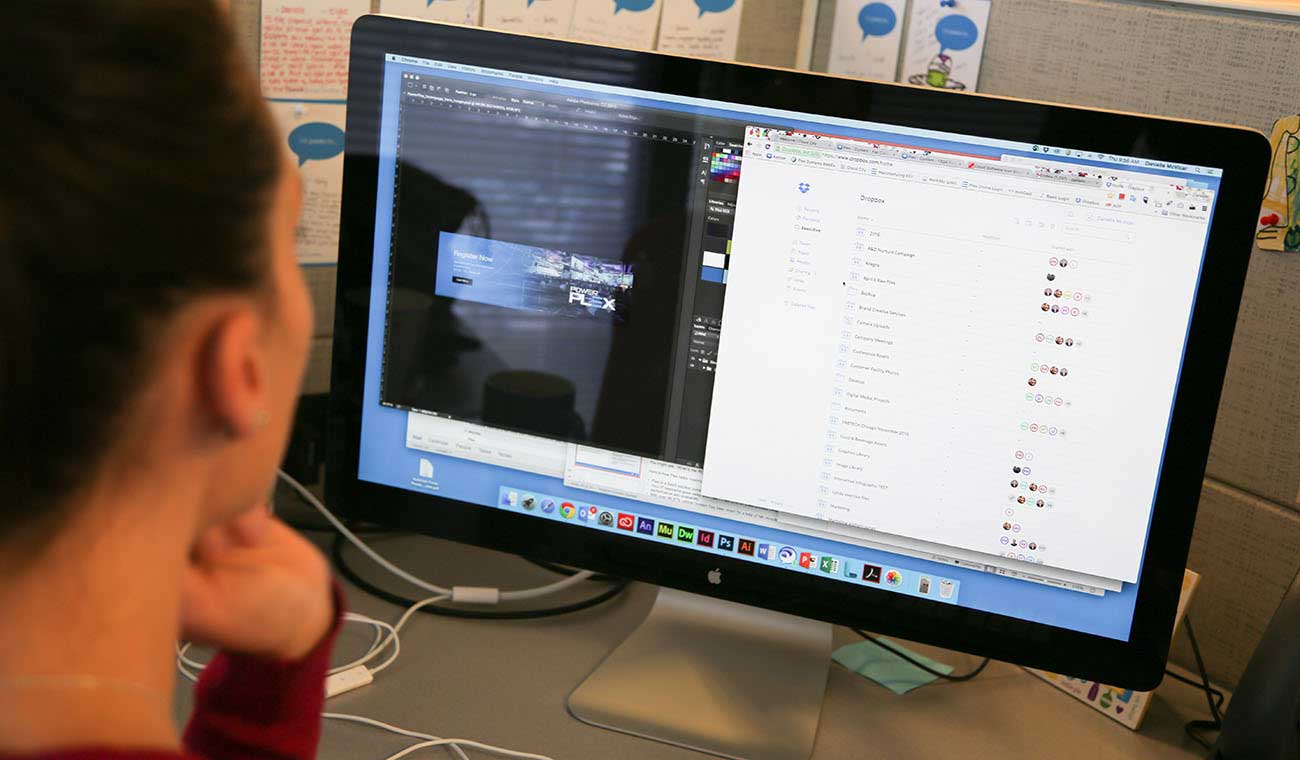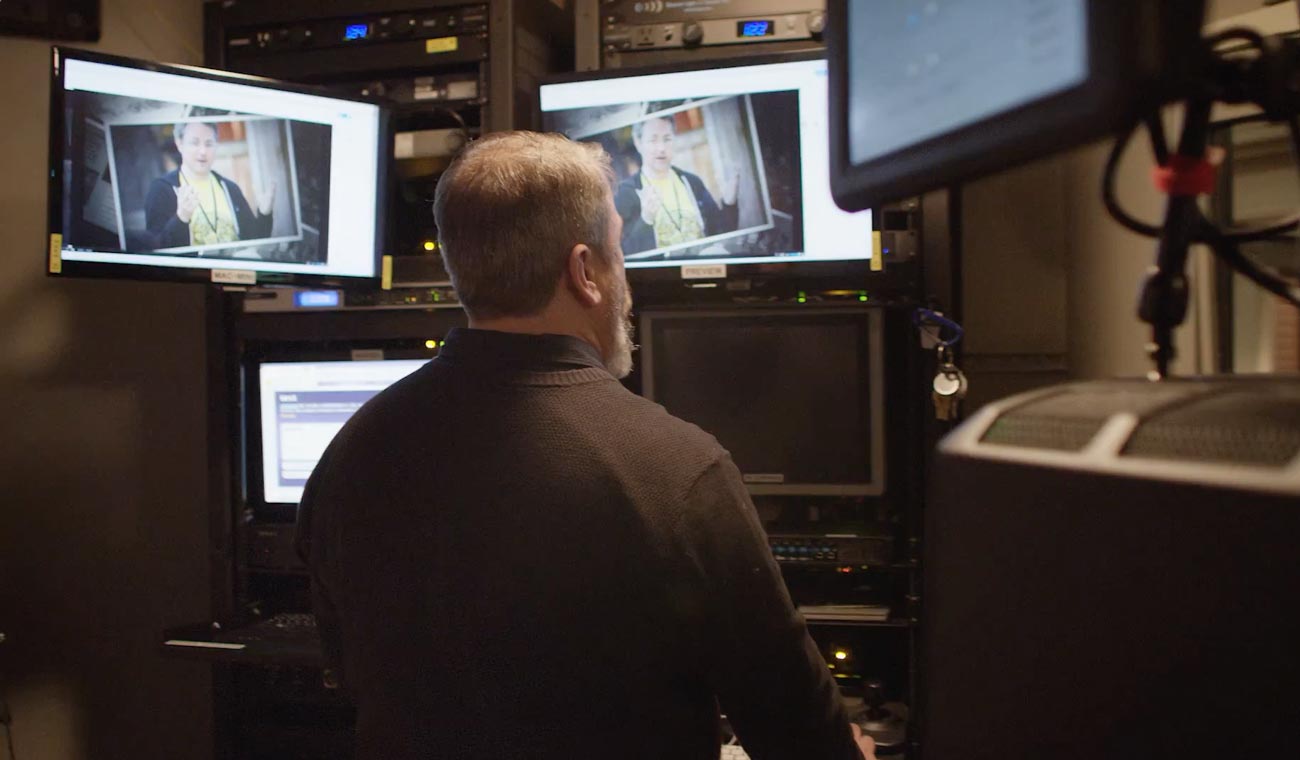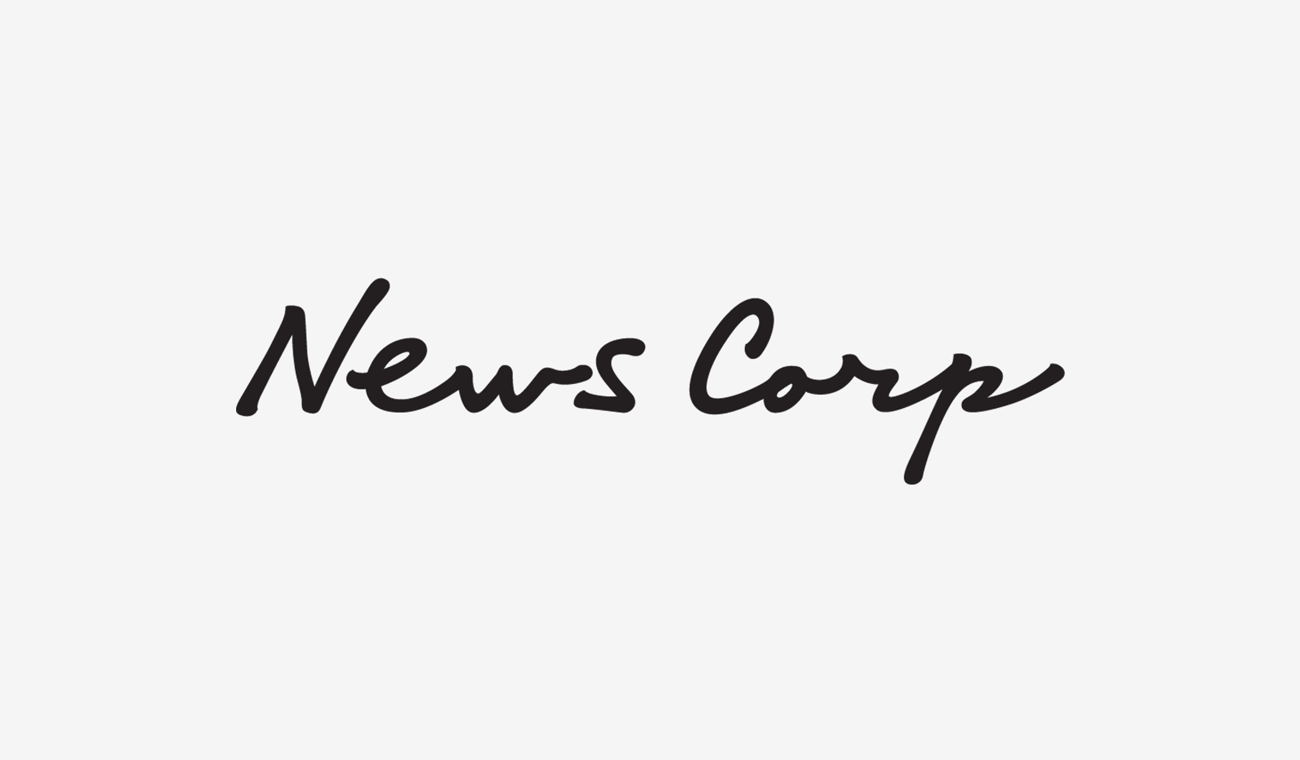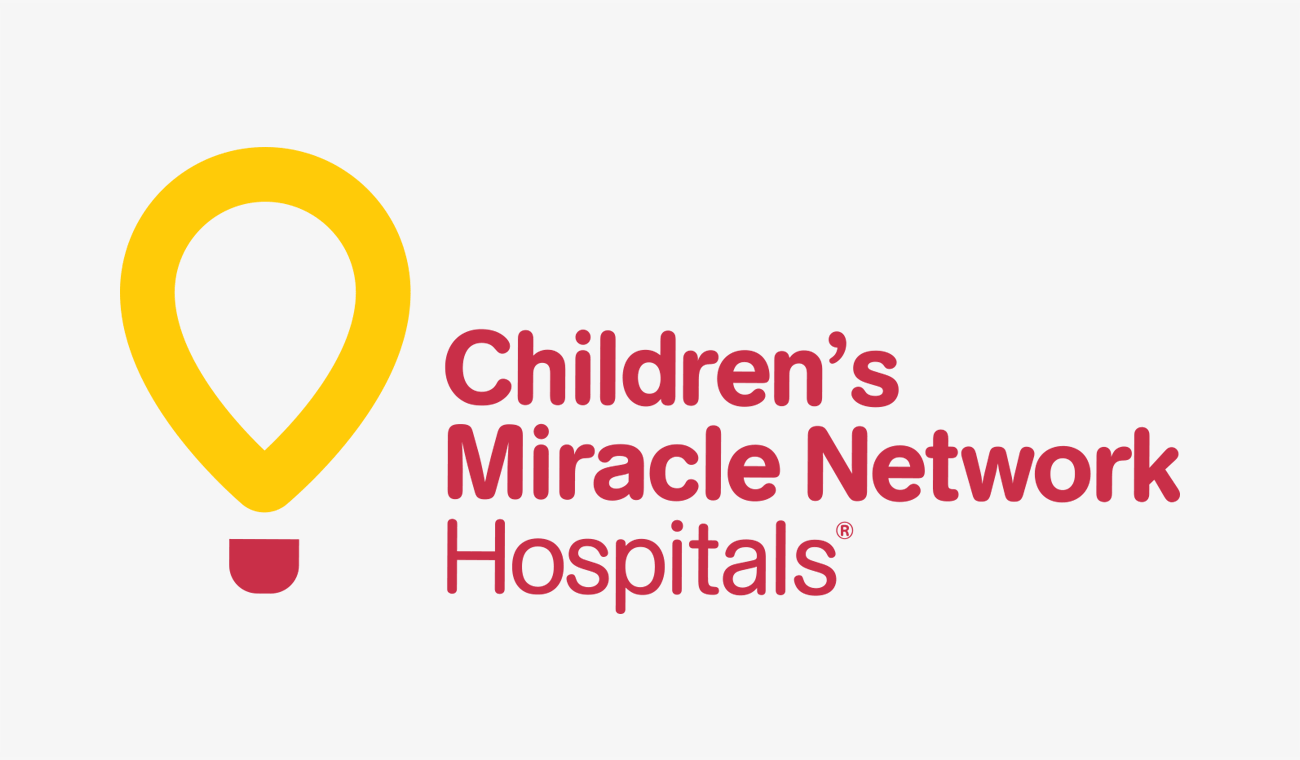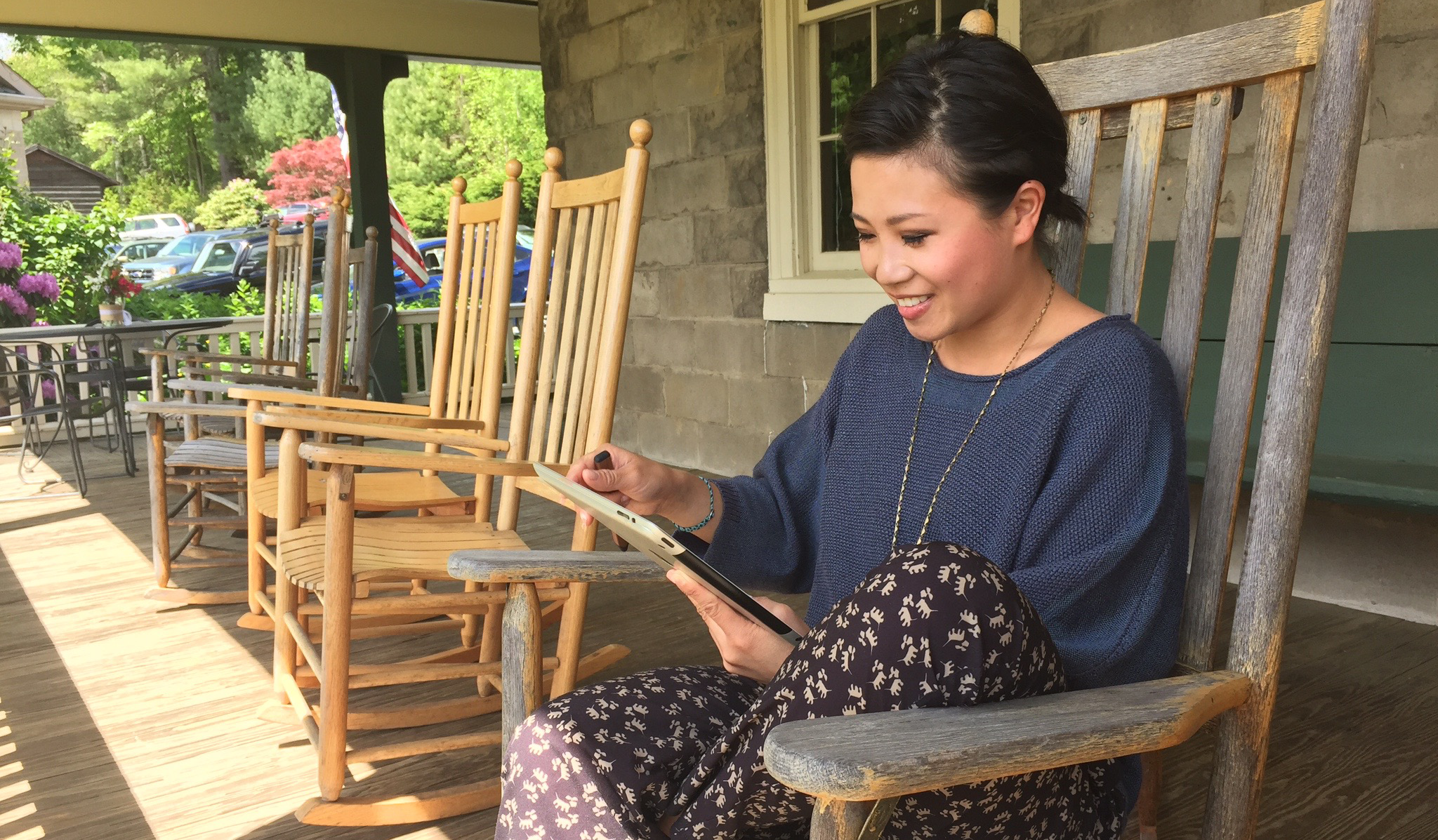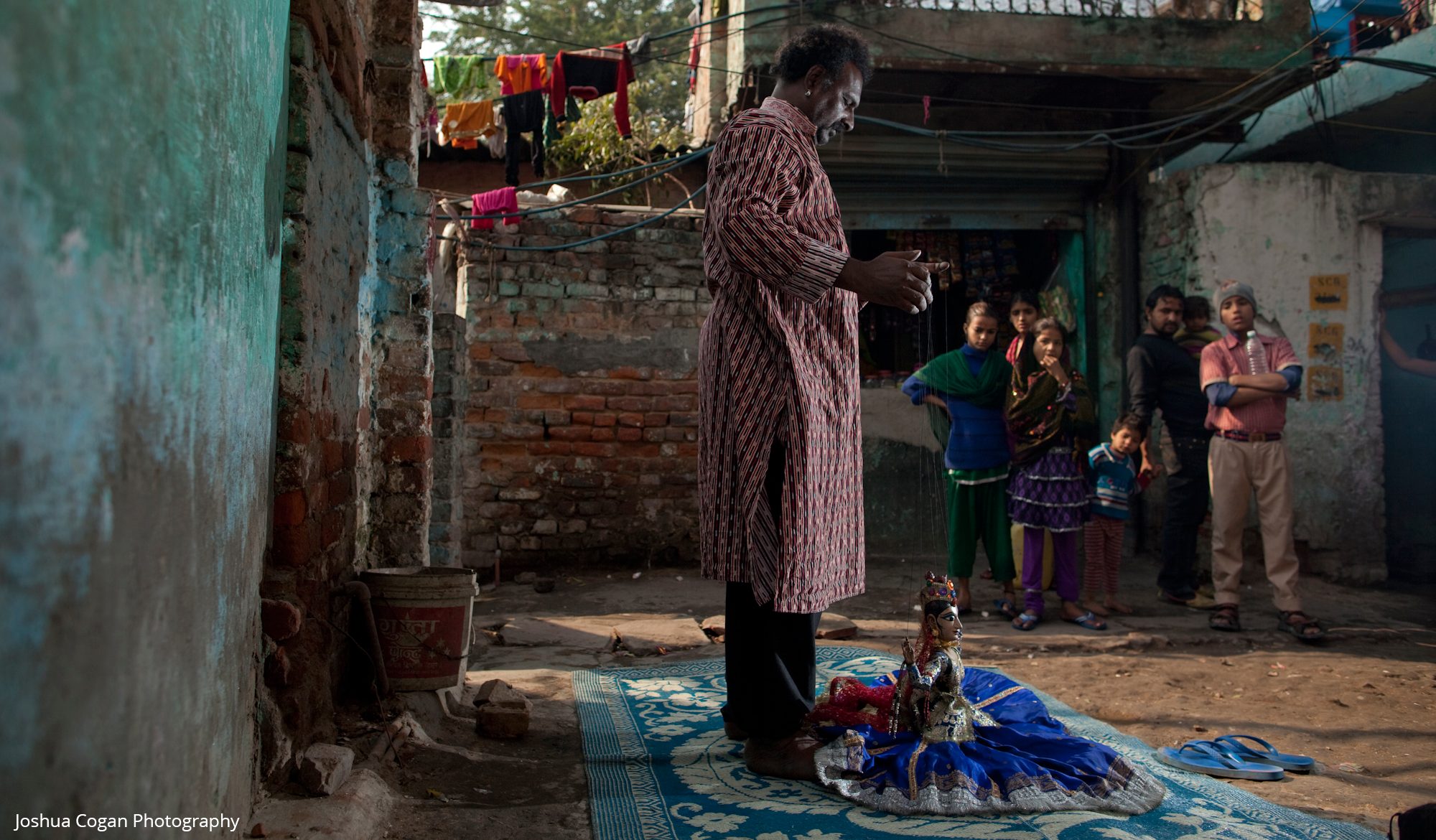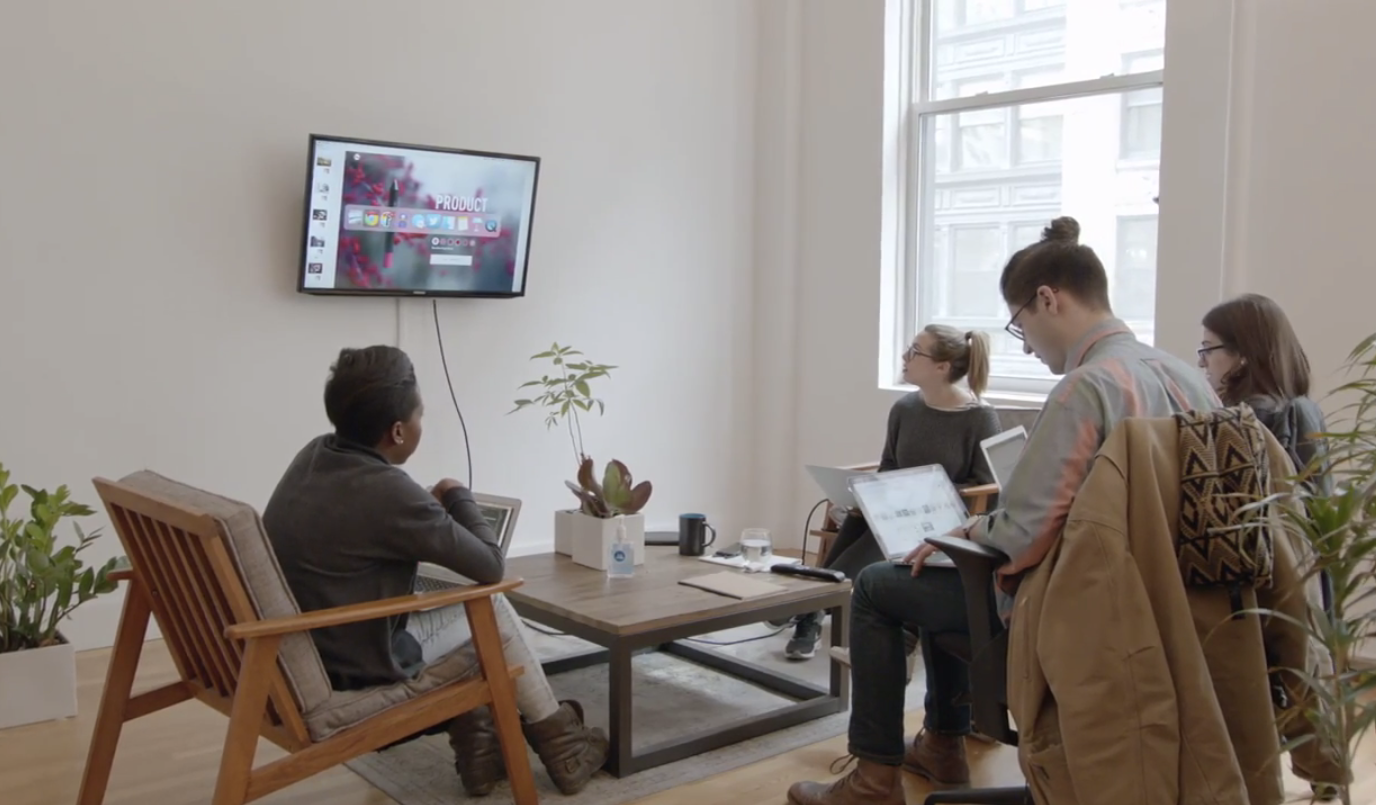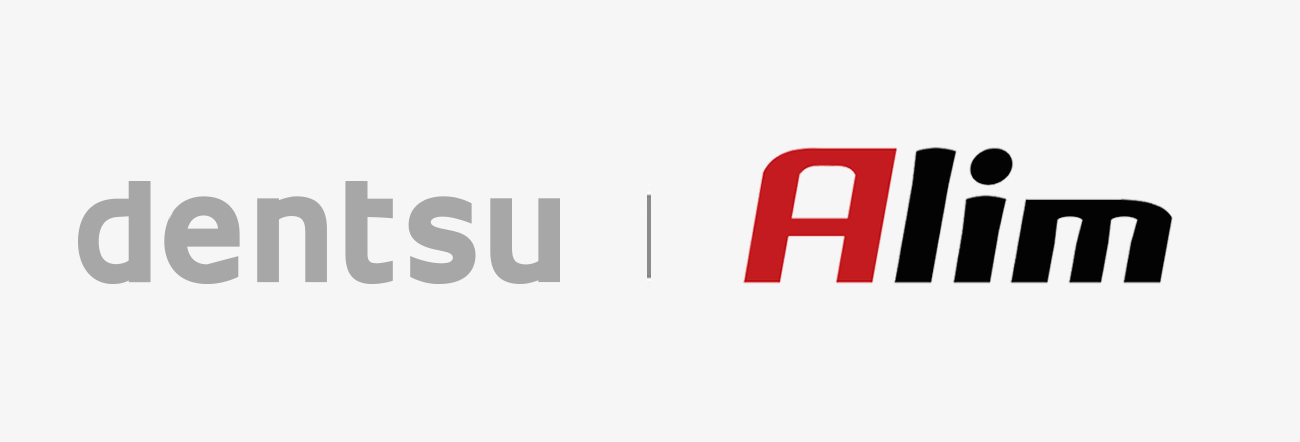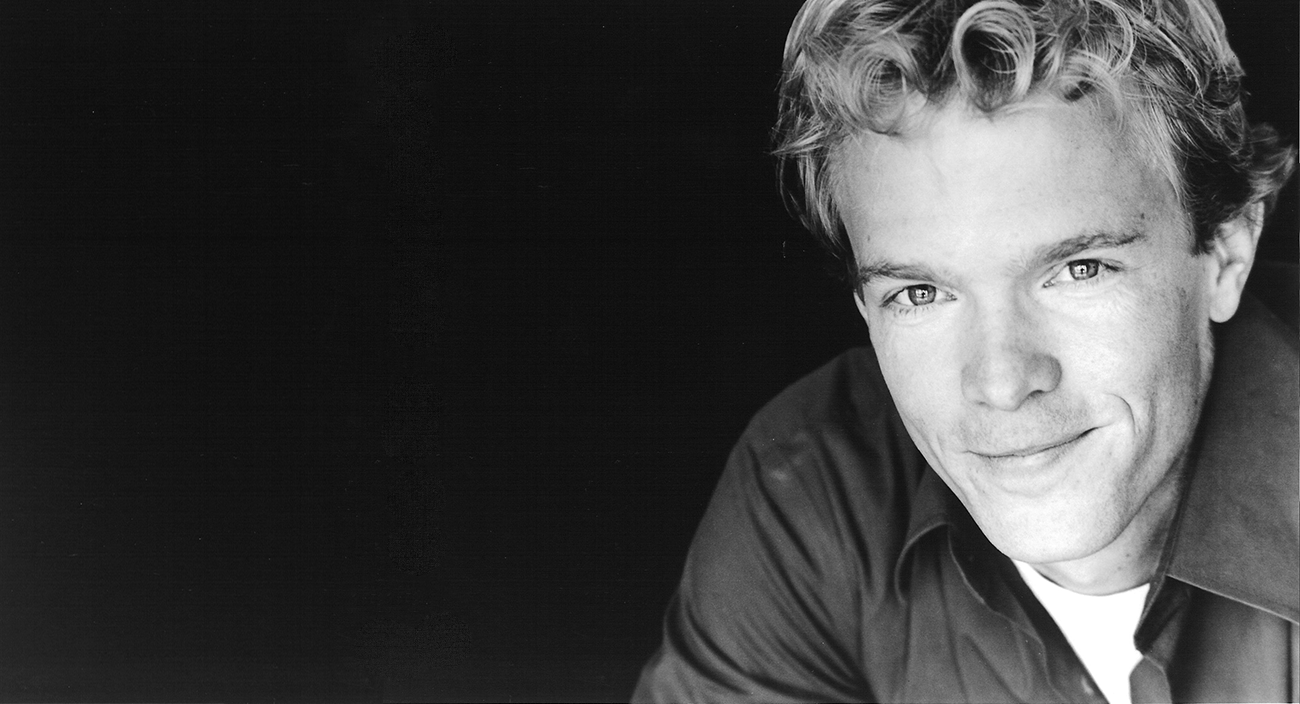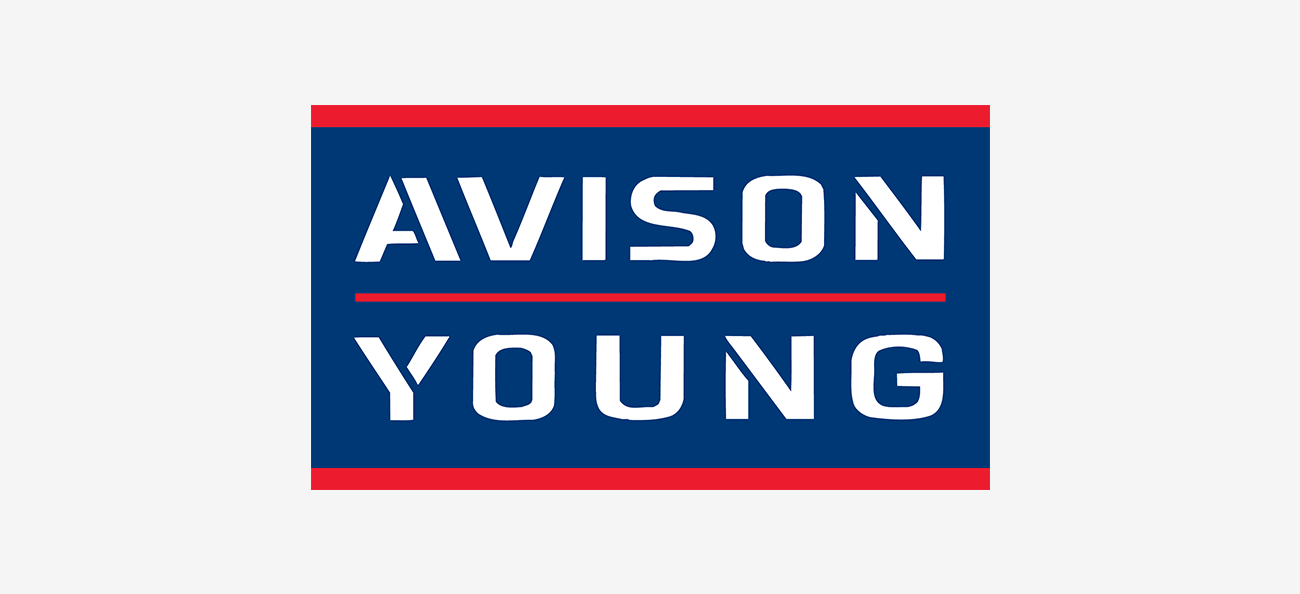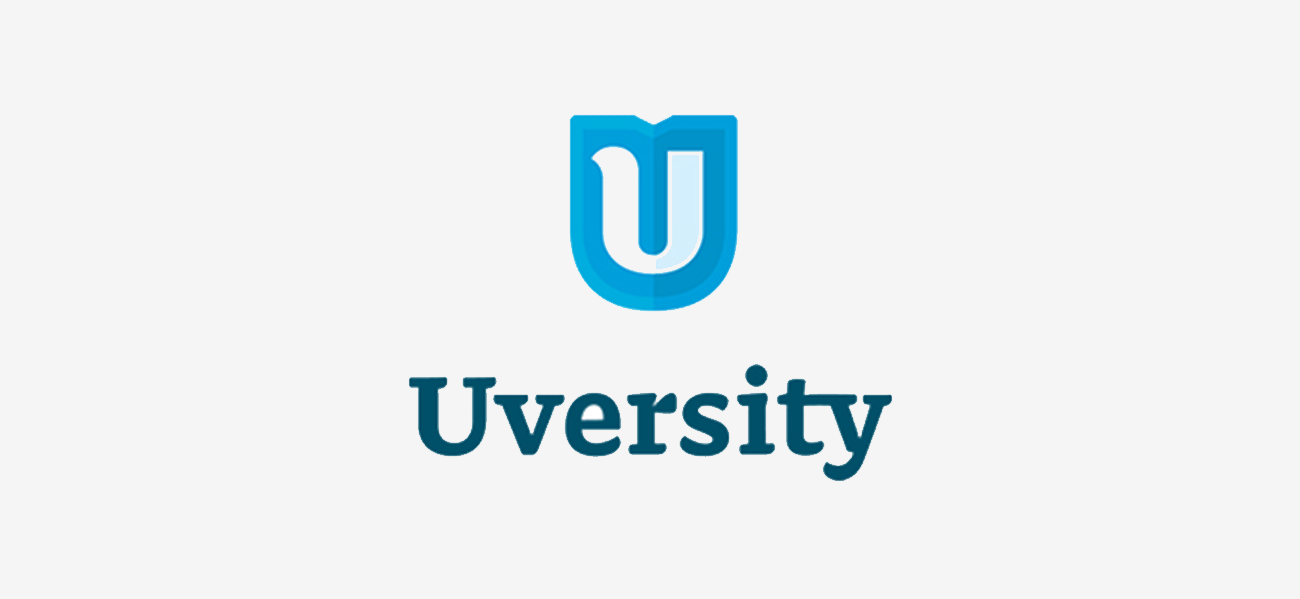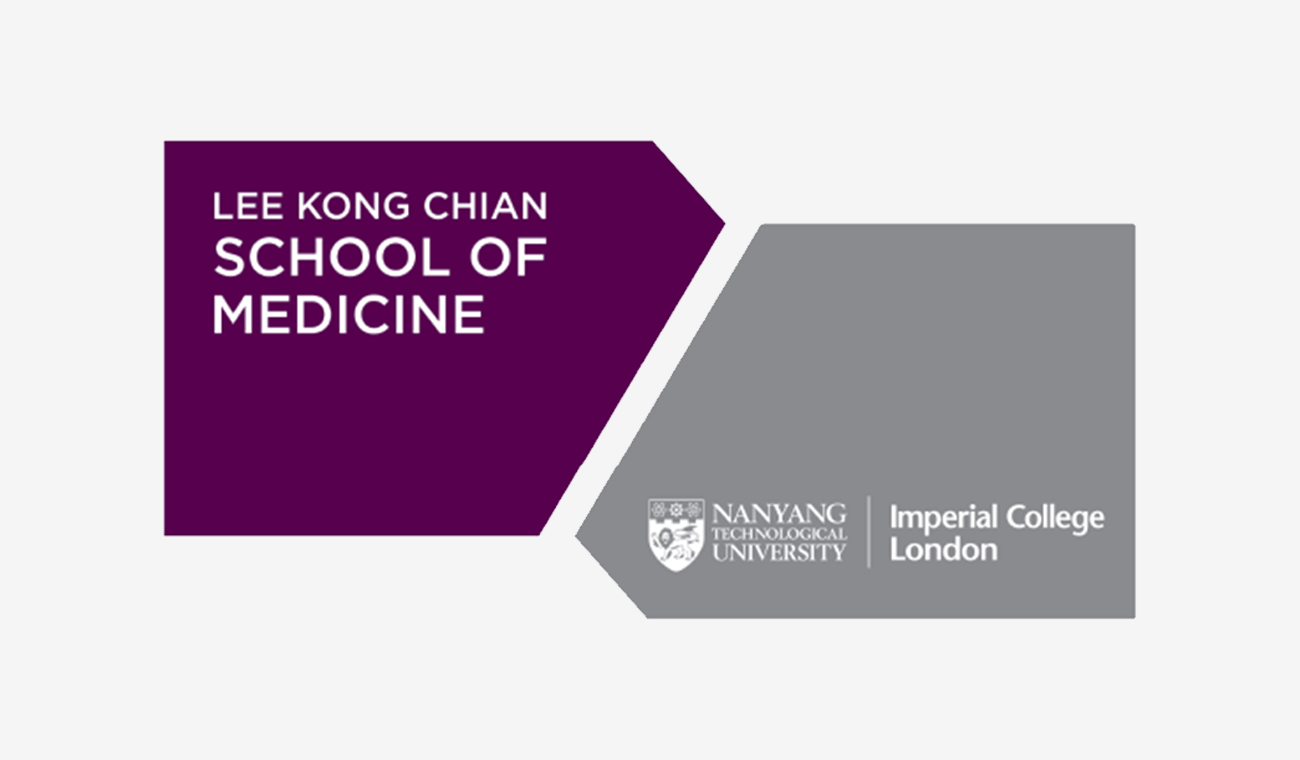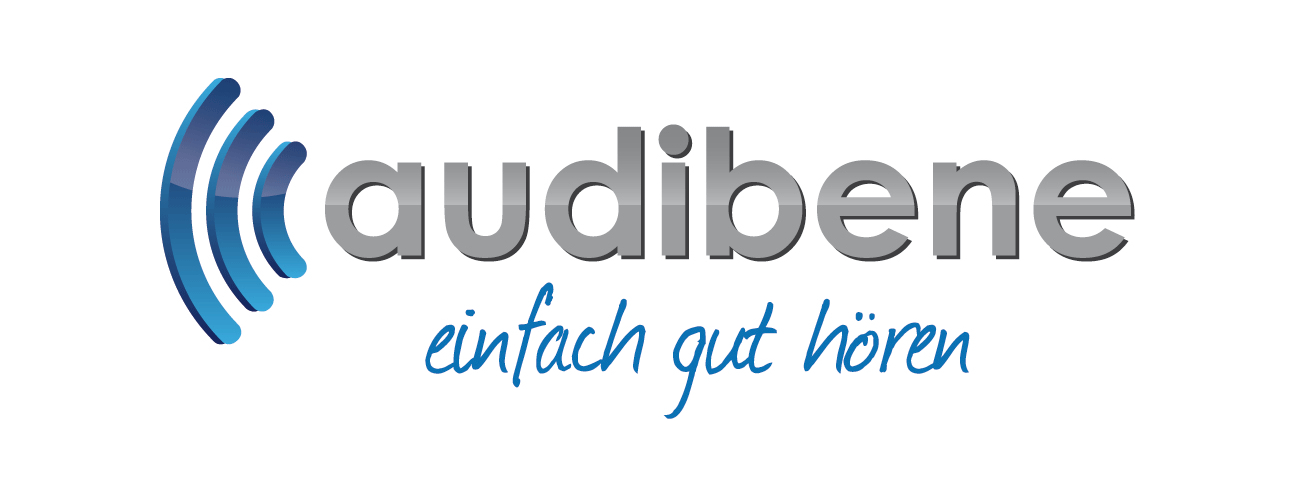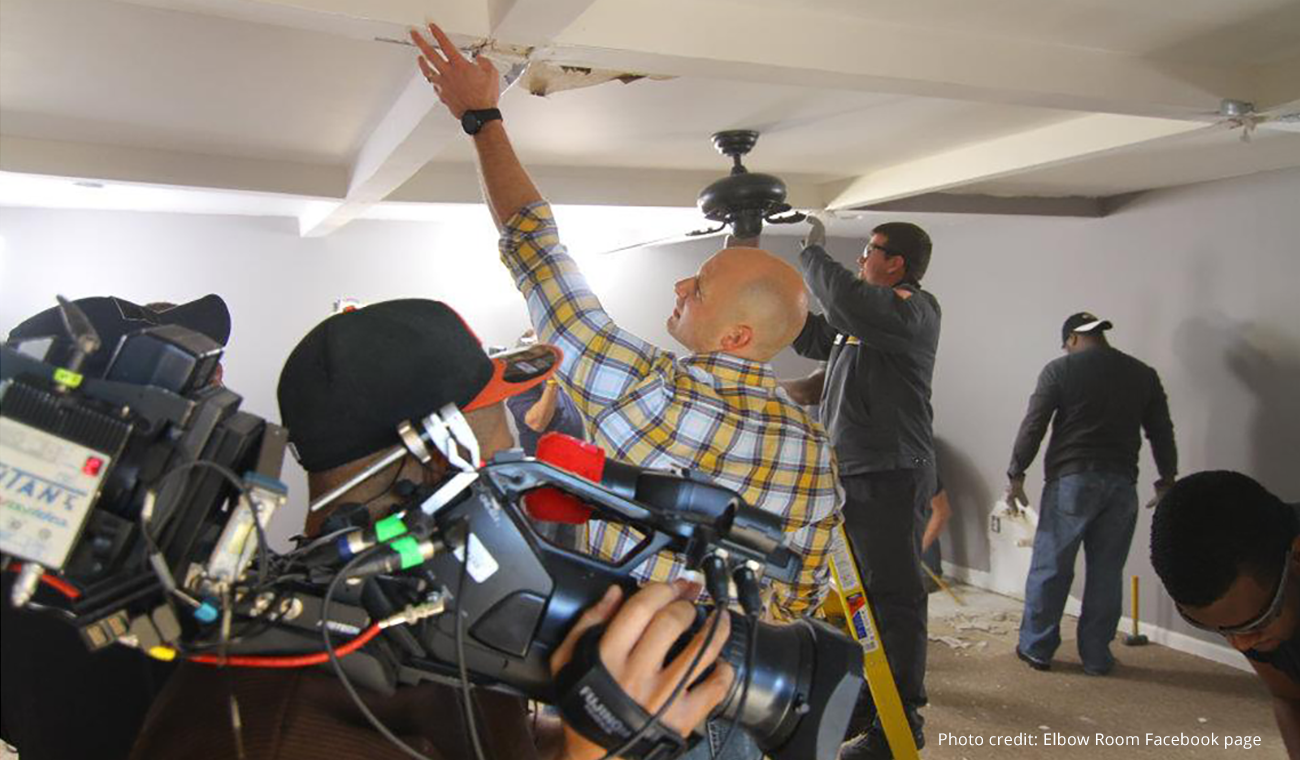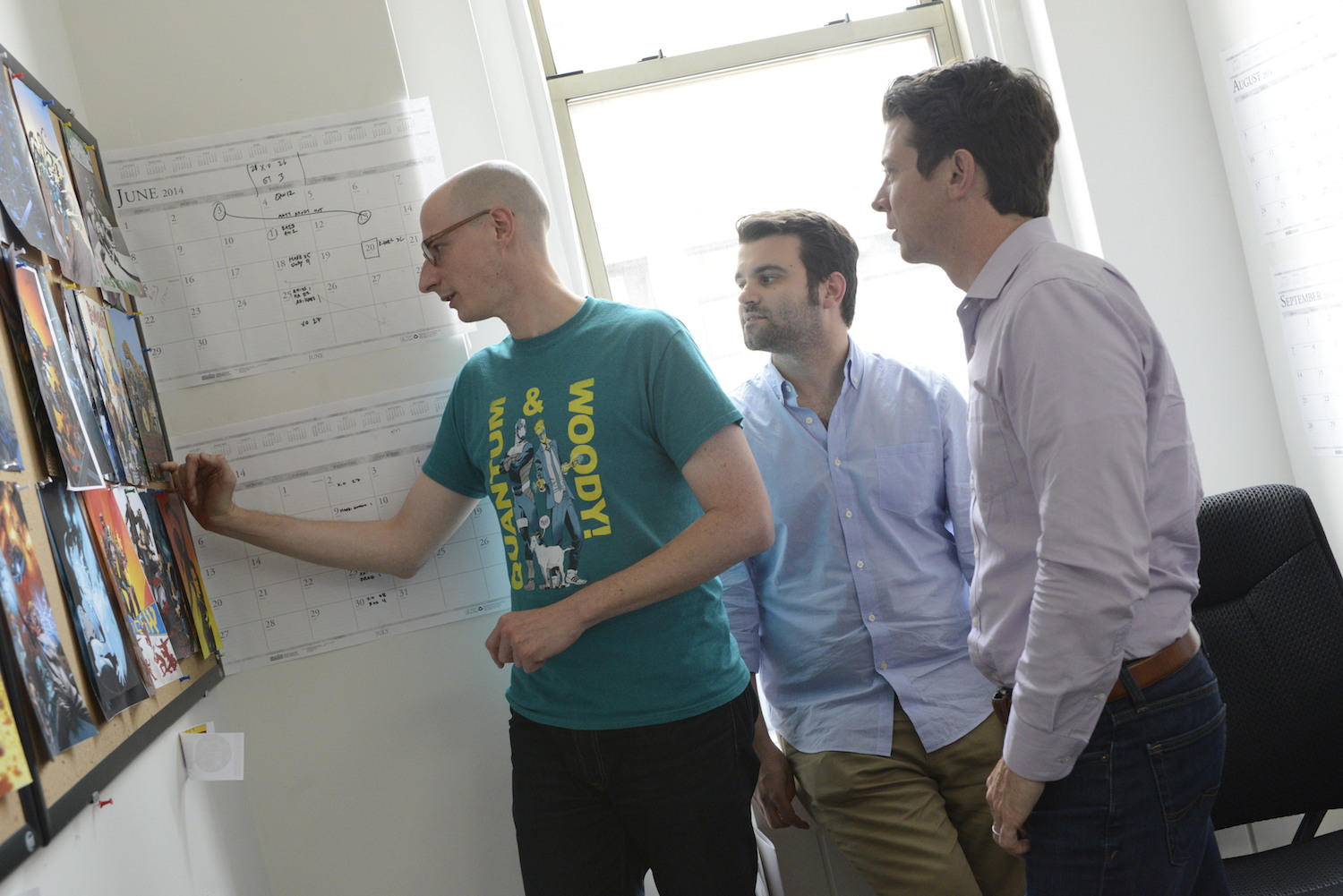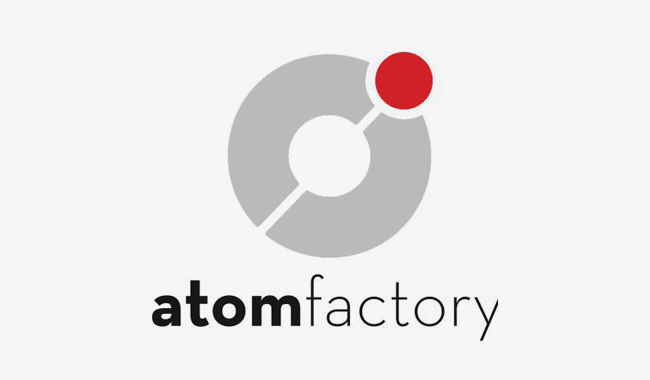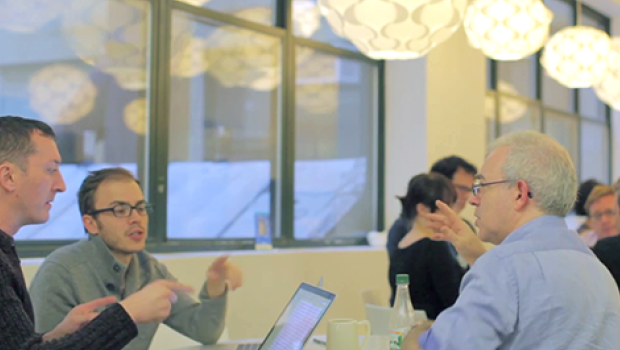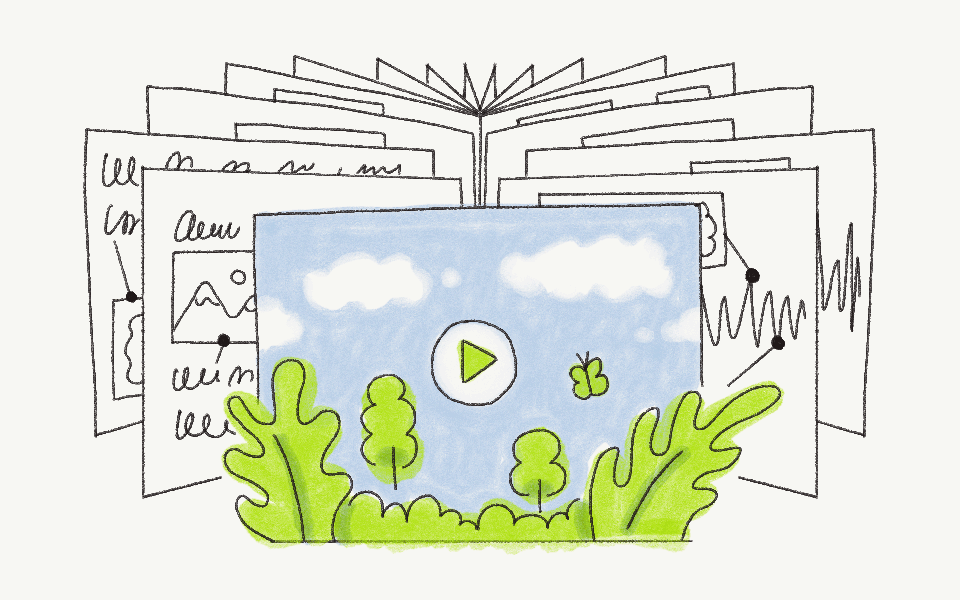
How Aug X Labs made video creation less of a chore, more of a game
Published on May 10, 2024
This early-stage startup and Dropbox Ventures investment is building a new AI-powered tool that makes visual storytelling easy.
In the midst of the lockdowns, Jeremy Toeman and his now cofounder, JT White, took up podcasting as a side project. To help grow their listening audience, they thought it might be fun to make a trailer. But after spending over 40 hours tinkering with pro video-editing software, Toeman was exhausted.
“I mean, I had a full head of hair before I started,” he jokes. “I had all of the tutorials available to me. I had people available to me. I thought: Why is it so hard?”
As the former VP of Product Management at WarnerMedia, CBS Interactive, and Sling Media, he had plenty of experience with tech tools. He couldn’t see a reason for this task to be such a slog.
“So we specifically set out to make that easier,” he recalls. “We wanted to build a thing that didn't exist: Let's pretend visual storytelling is a fun thing to do, because it should be.”
In January 2022, he founded Aug X Labs to develop Augie, an AI-assisted smart video editor. Augie uses generative AI to turn your words into videos: Just type in a prompt or upload a voice memo and Augie will analyze the context, search for matching licensed content from Getty Images, and create storyboards for you. (You also have the option to use AI-generated images or upload your own photos, videos, and scripts if you prefer.)
I’m not much of a video editor myself, but this I had to see. When I started experimenting with Augie, within minutes, I completely forgot I was working on an assignment. Based on my prompt, Augie wrote a script that began with “In a world…” and leaned a little harder on alliteration than I would have. But compared to other AI tools, Augie felt more like a “yes and” collaboration.

Swapping out clips got me focused on finding the most amusing visual counterpoint for every line. And the meditative task of matching images to words put me in a creative flow. By making storyboarding seem like a game, Augie lured me into a creative volley. The revelation wasn’t: Look at all this work AI can do for me. It was: Wow, what a fun interaction.
And getting immersed in all the options helped me leap past the intimidation of a blank page. Chatbots may still be more adept at puns than comedy, but the process of matching clips to the script felt a little like doing improv with Bender from Futurama. In a good way.
As a new Augie user, it felt like it was training me to be a prompt engineer by helping me write a more visual, specific script. Learning how to refine the results was pretty gratifying, too. Toeman calls this Augie’s “teaching-someone-to-fish” moment.
“We’re going to assume that you have never written a marketing script before,” he explains. “If you have, paste it in—you're good. But if you haven't, we're gonna be like: Come this way. This is how you do it.”
Toeman talked more about how his team is evolving Augie, introducing Dropbox integrations, and using DocSend to simplify their deal flow.
With the recent launch of Augie Storyteller, you’re moving beyond improving efficiency and leaning into sparking creativity. Are you developing these new features in response to the way people are using Augie?
We are. There are a few different schools of thought in product development. Some of them are like, I wanna build something in a given space: Let’s start building and figure it out. Others are: I have a vision for this thing to be created, let’s build it. I’m much more into the latter camp. I start with some kind of vision.
As a startup founder, I do a lot of planning. But the reality is like a Mike Tyson quote that I love: “Everybody's got a plan till you get punched in the face.” The moment the first 100 people come through the door and start using my product, one of them is making avant-garde video poetry, another one's making an ad for their startup, and another one's making a promo video for their retail. I'm like, Oh, we're doing something kinda interesting here. It's not just what I thought it would be.
Somewhere around 70% of our product direction today is still tied to that initial vision. But now that we have active users, we use their feedback to prioritize and adjust the vision. We've learned that people don't always realize you can just change the prompt if the match result that comes back wasn't what you wanted. We know from our users that once you get past this moment, it's like, Oh, this is fun! I never thought making a video for my business could actually be kind of fun, which gives us tons of energy. Figuring out what they really want is essential to our growth.
“It levels the playing field when anyone anywhere can become a content creator and get their voice heard.”
I’d love to unpack the origin story of Aug X Labs. When did you first become interested in the potential of generative AI as a user?
When I joined WarnerMedia. Actually, my second week there, one techno futurist who was working with me in the lab introduced me to what's called a GAN—generative adversarial network—which is sort of a spiritual predecessor to the generative AI world. GANs were the first thing that showed me the concept of unlimited, infinite creativity. There's no scarcity. I can generate 10,000 different pictures of a blue kangaroo jumping over the moon, and all 10,000 will be different. That was my first kind of head turner.
The second one was also at Warner. My co-founder, Scott Havird, introduced me the concept of extractors. Extractors are—at a super-high level—the things that start using computer vision to analyze video. We were building fun experimental stuff while we were at Warner that would use extractor technology on our own IP and content. That let us do really funky, fun things with it. From that came the: Wow, we're gonna be able to do a lot of crazy stuff with video very soon.
At what point does your mind shift from “This is something cool I can use” to “This has the potential to be a very successful startup?”
I'll be very honest: After I left Warner, I wasn’t sure what I was going to do next. I had this “idea” of Augie as maybe a side hustle. I had a few other ideas as well. So I made some prototypes and I made myself a deck, and went to show a couple of friends and mentors—people whose opinions I really respected.
Of my six product prototypes/concepts, two people back to back said, “That one!” The first meeting was like, “You should do this one. Don't even think about the second, third, or fourth.” The second meeting was, “I'll write you a check today.” Both were the vision for Augie. I was like, I think we got something here.
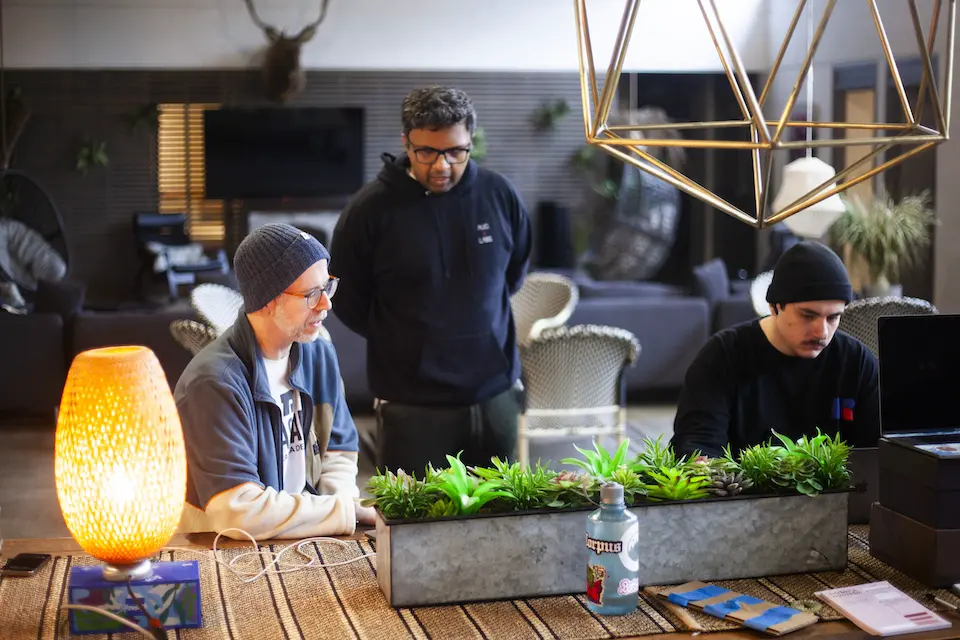
A big part of your mission is about eliminating the barriers to visual storytelling. Why is leveling the playing field so important right now?
We live in a time when there are 3.7 million uploads a day to YouTube. Plus TikTok. Plus Instagram. Plus Linkedin. Plus Snapchat. There’s a lot of video! People today communicate through the language of video. It's almost like the early 2010s when the world became mobile first, but we weren't sure yet. The world right now is video first, but we just aren’t sure yet.
When I was first doing video products in the late ‘90s, the average household had video on screen in their house for about five or so hours a day. That number is now over eight. So if we're living in a world where video is the way you communicate with people for work and pleasure, we need to make sure everybody's playing in that world. Otherwise, it's not going to be a very good world.
It makes me think of how remote work leveled the playing field for introverts. Do you think Augie can help level the playing field for people who have less inclination to be on camera?
One-hundred percent. I don't know if you're following the rise of headless or faceless videos, but when I was also first pitching the company, the term at the time was Vtubers—virtual YouTubers. This was early 2023. At that time there was, I believe, 2 billion hours a month of YouTube plays for channels that had no human.
I think about it from so many angles, from people who’s identities are threatened in some way. People who are uncomfortable. People who might have a side hustle. I ask my whole team to make one Augie a week. Just try making something. Talk about your cricket match. Talk about snowboarding. Talk about what you did at work this week. Do something. I will tell you that even in a product that like ours, where you can make an AI voice, and you can use all stock content or generate everything, I still see people who are just uncomfortable being on camera. It's partially generational. It's partially access.
It levels the playing field when anyone anywhere can become a content creator and get their voice heard. That's amazing, right? It opens up these stories. When we apply that to video, I like to think it's even bigger. It's about visual storytelling, not “You have to be an on-screen personality.” Those are two very different things.
In addition to being in the Dropbox Ventures portfolio, Aug X Labs is a Dropbox customer. Could you describe how your team uses Dropbox?
We use Dropbox for all of our company assets, all of our marketing materials, all of our demo videos. We use Augie, then upload the files to Dropbox for showing to potential customer clients. We don't have super automations or things like that set up yet, but Dropbox is a key component for the team.
And during the entire fundraising process, I use DocSend (and will do so again). Actually, we'll also be using it for some of our outreach programs in the summer as well. It’s an amazing way to track the interest of a reader. For our partnership programs—such as Augie for Accelerators—DocSend helps us quickly understand what our potential partners or customers are most interested in.
The first Dropbox integration we did after the Dropbox Ventures investment last summer was so that a Dropbox user could import their assets from their Dropbox into Augie to make videos. We know there's a high overlap of people that use Dropbox who are storing videos, making marketing, content, etc. So we wanted to make it really easy to take your Dropbox content, pull it into Augie, make a video, and then bring it back to your Dropbox folder.
We’re excited to explore more collaboration features in Dropbox Replay. And we’re working together to find more opportunities where Dropbox native technology and Augie technology can leverage each other.
This interview has been edited and condensed for clarity.


.png/_jcr_content/renditions/hero_square%20(2).webp)

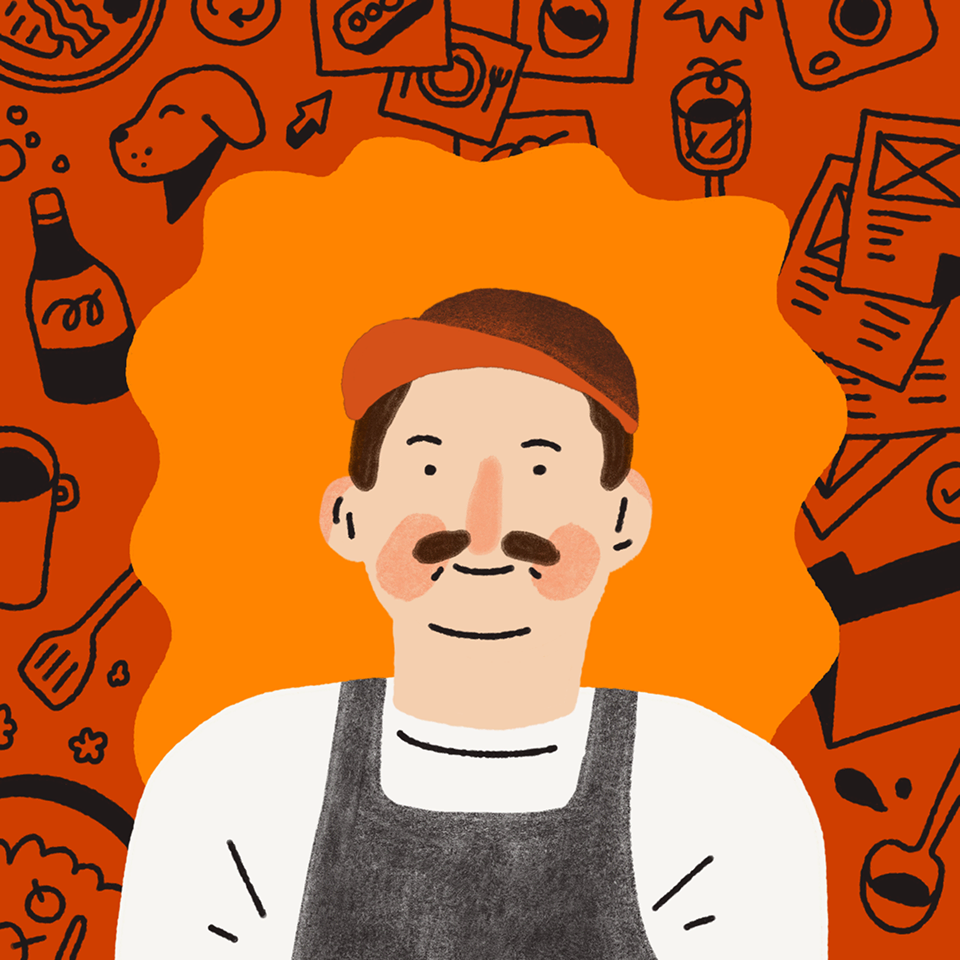





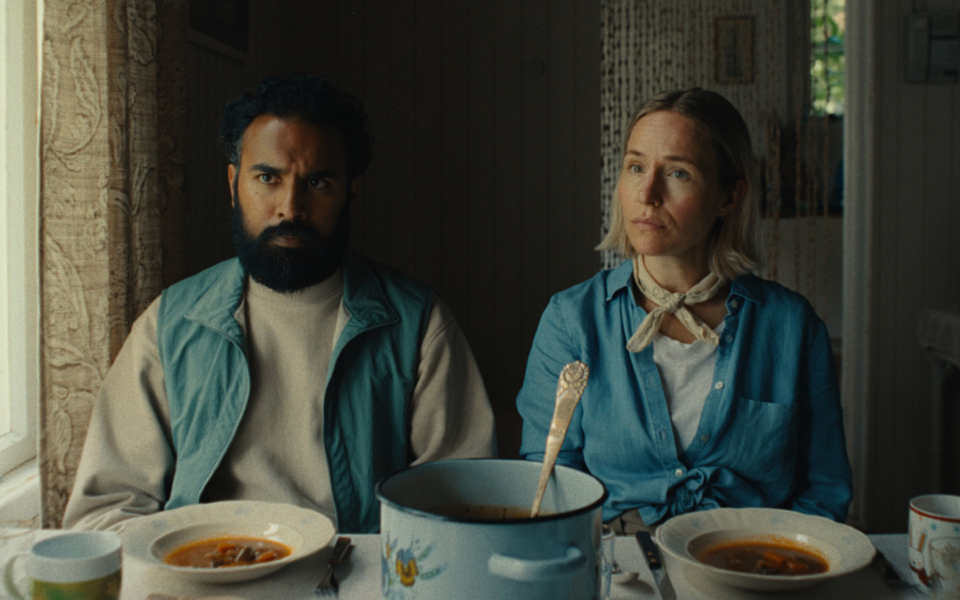
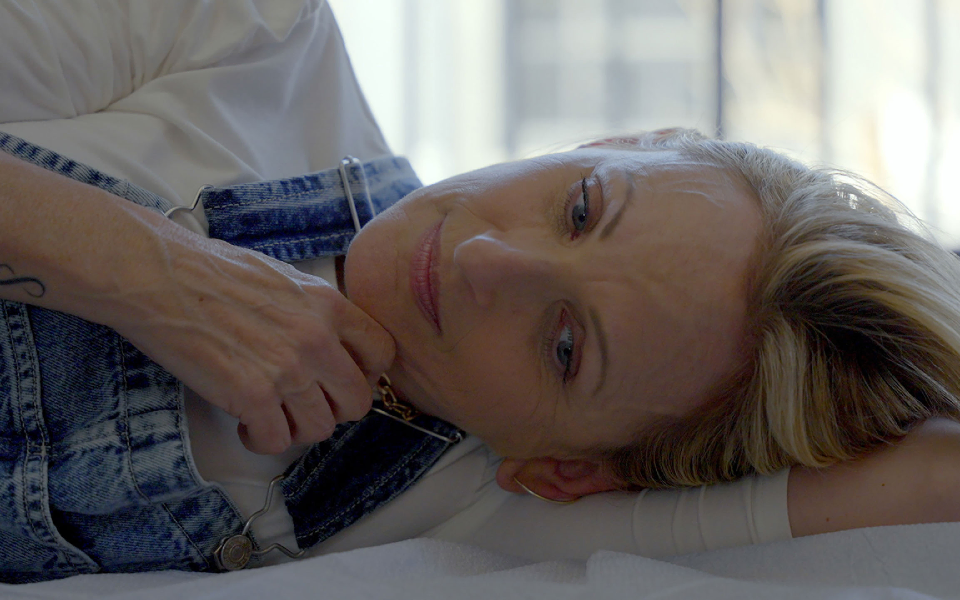




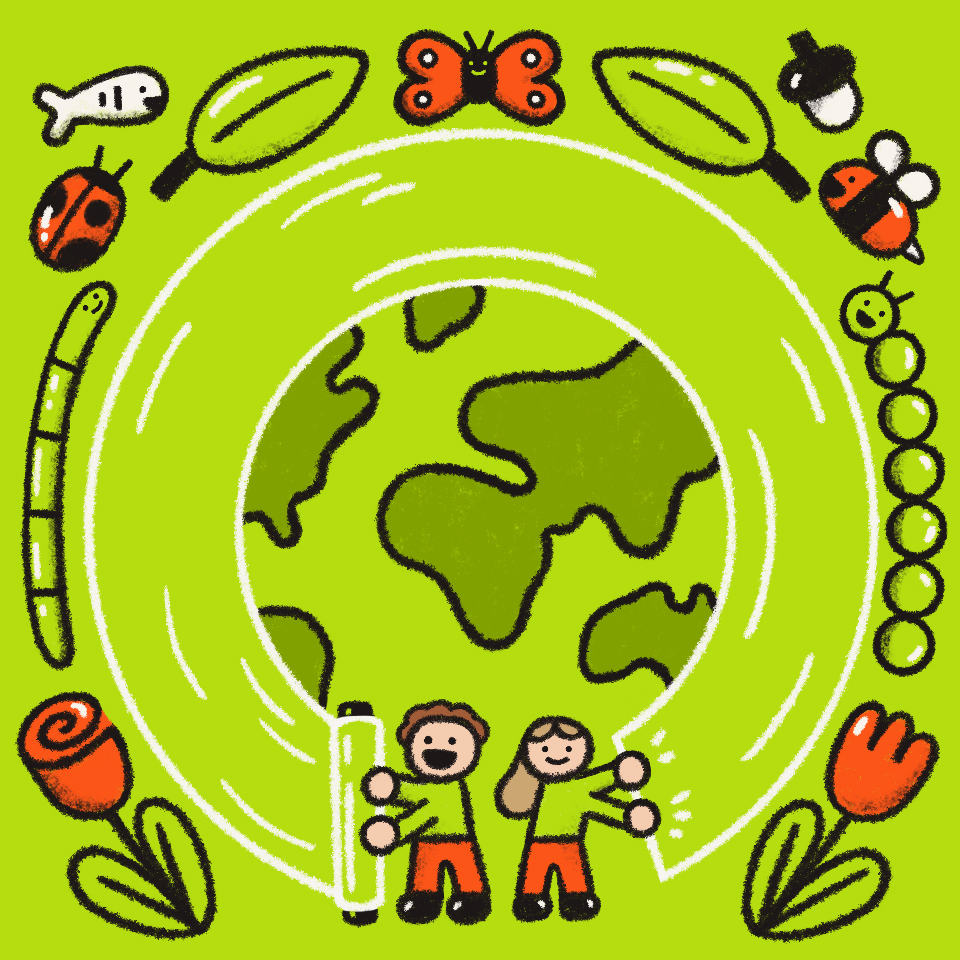
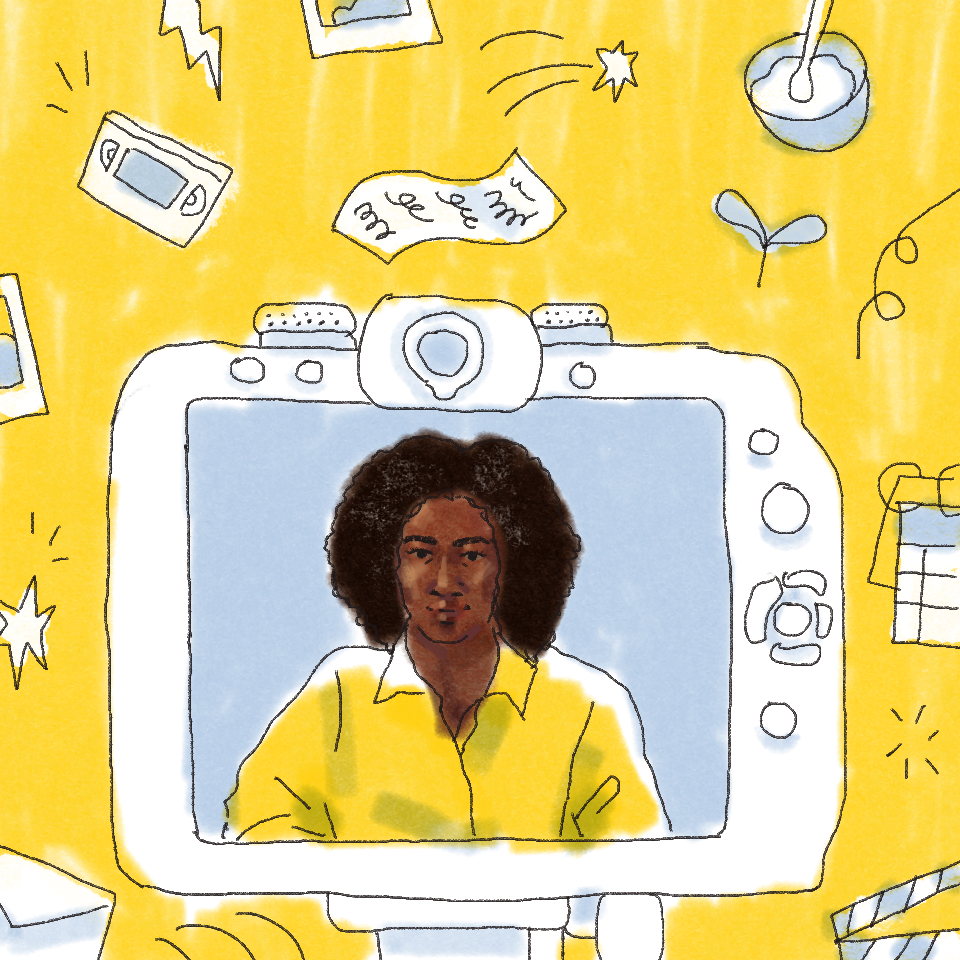
.jpg/_jcr_content/renditions/1200x628%20(5).webp)




